- Sweet six-speed manual trumps the CVT
- RS is the sweetspot in the WRX range
- Still as comfortable and well-rounded as the tS
- Manual misses out on a lot of equipment the auto gets
- Still none of the WRX noise that we love
- Manual is more expensive to service than the auto
We recently tested the new generation Subaru WRX, and came away a little disappointed. While it’s definitely a much stronger all-rounder than previous generations of the car with a much longer list of standard equipment, the typical WRX character has all but disappeared and something like a Hyundai i30 N sedan provides more driver engagement and fun. But we reviewed the top-spec tS sedan knowing that a brighter spark could exist: the 2022 Subaru WRX RS manual sedan. Is it better? Let’s find out.
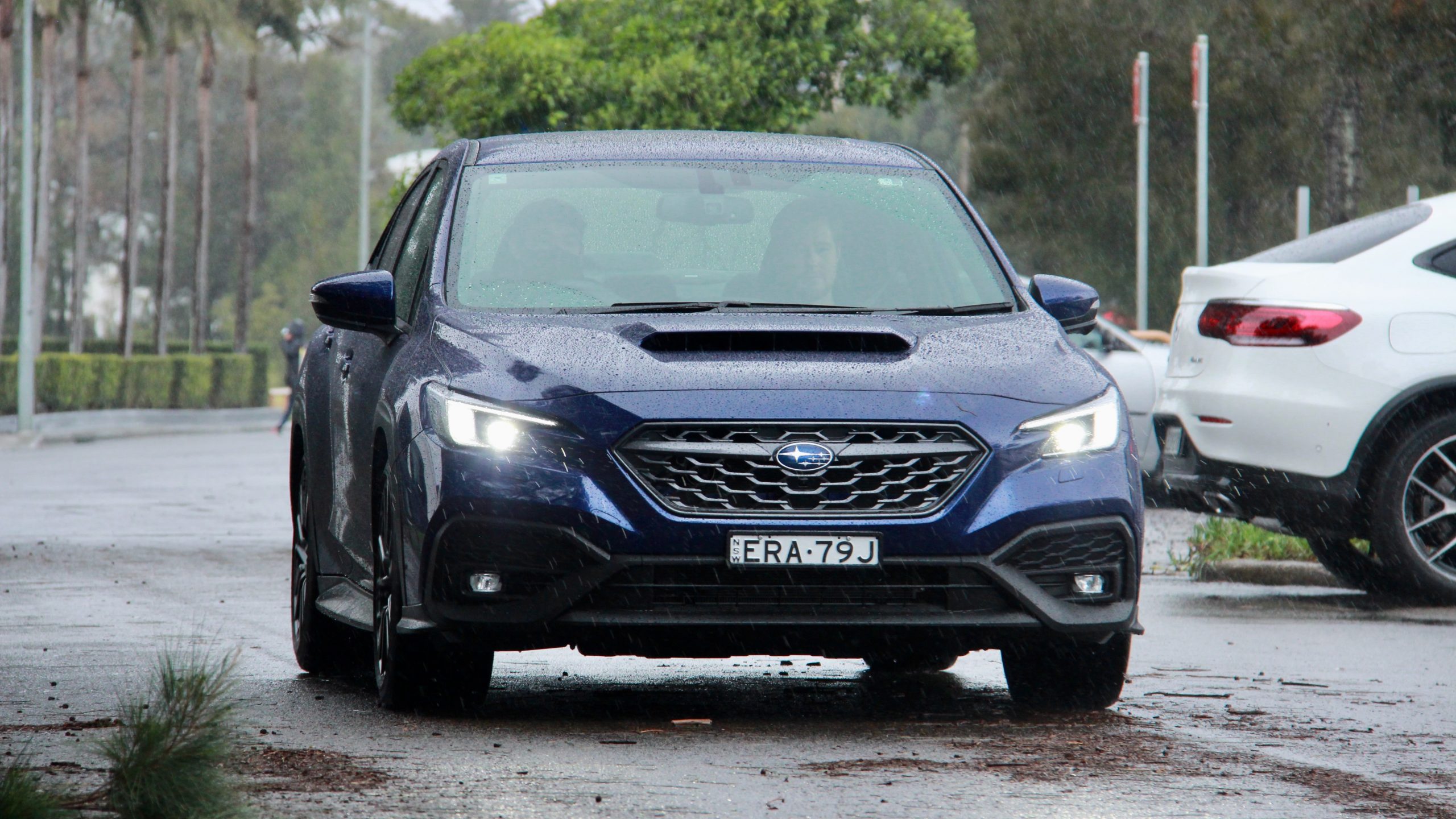
Australians have quite the appetite for small performance cars, and as such, there is a lot of competition to the WRX. The aforementioned i30 N, the Toyota GR Yaris, the Volkswagen Golf GTI, the Skoda Octavia RS, Ford Focus ST, Renault Megane R.S. and the incoming Toyota GR Corolla.
Price & Equipment: 7/10
Priced at $50,490 plus on-road costs (around $56,000 drive away), the 2022 Subaru WRX RS manual is the middle point of the WRX range. Because of that, it comes with a number of luxury features that the entry level WRX does not have, but it still misses a lot of kit thanks to the fitment of a manual transmission.
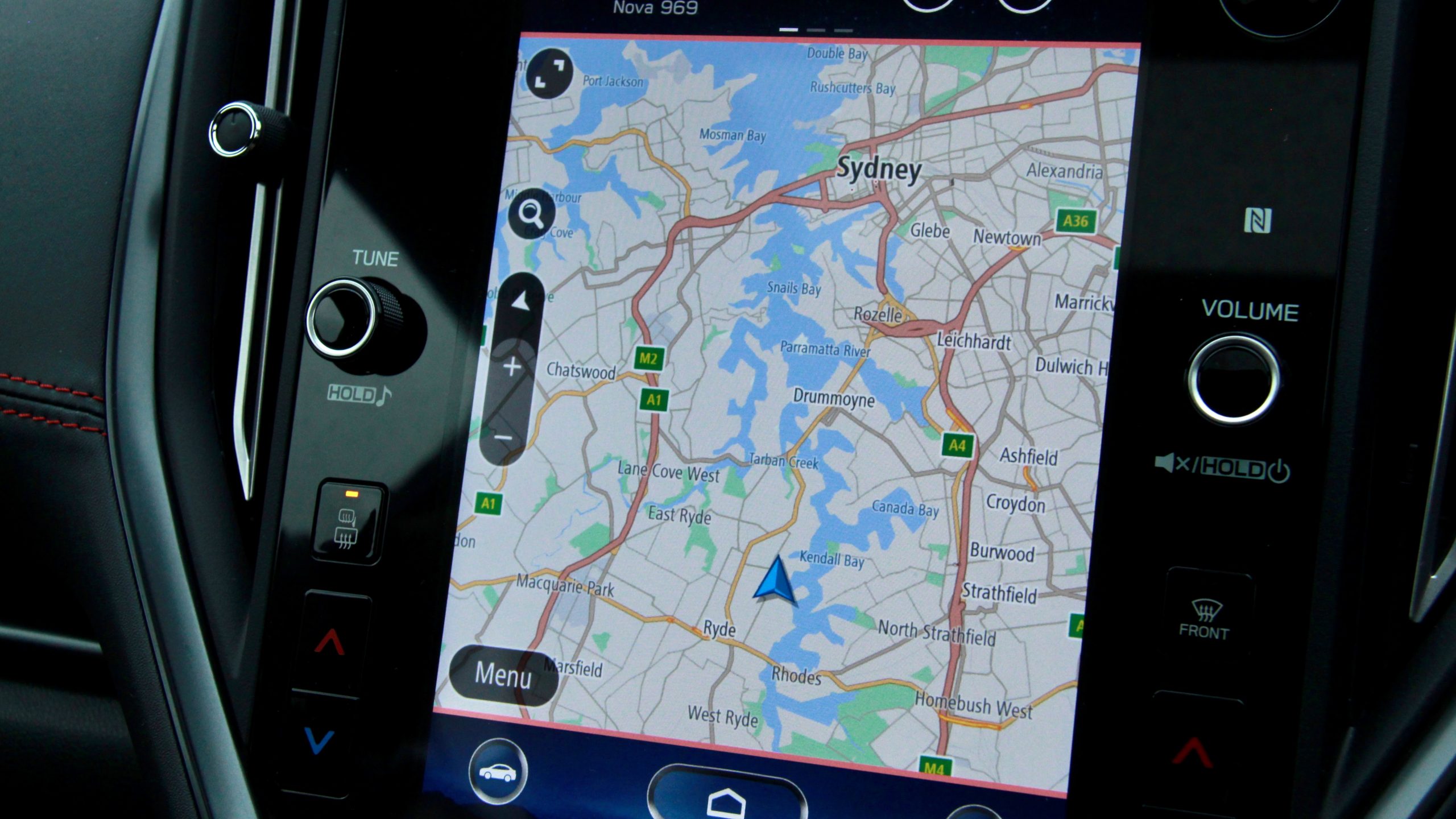
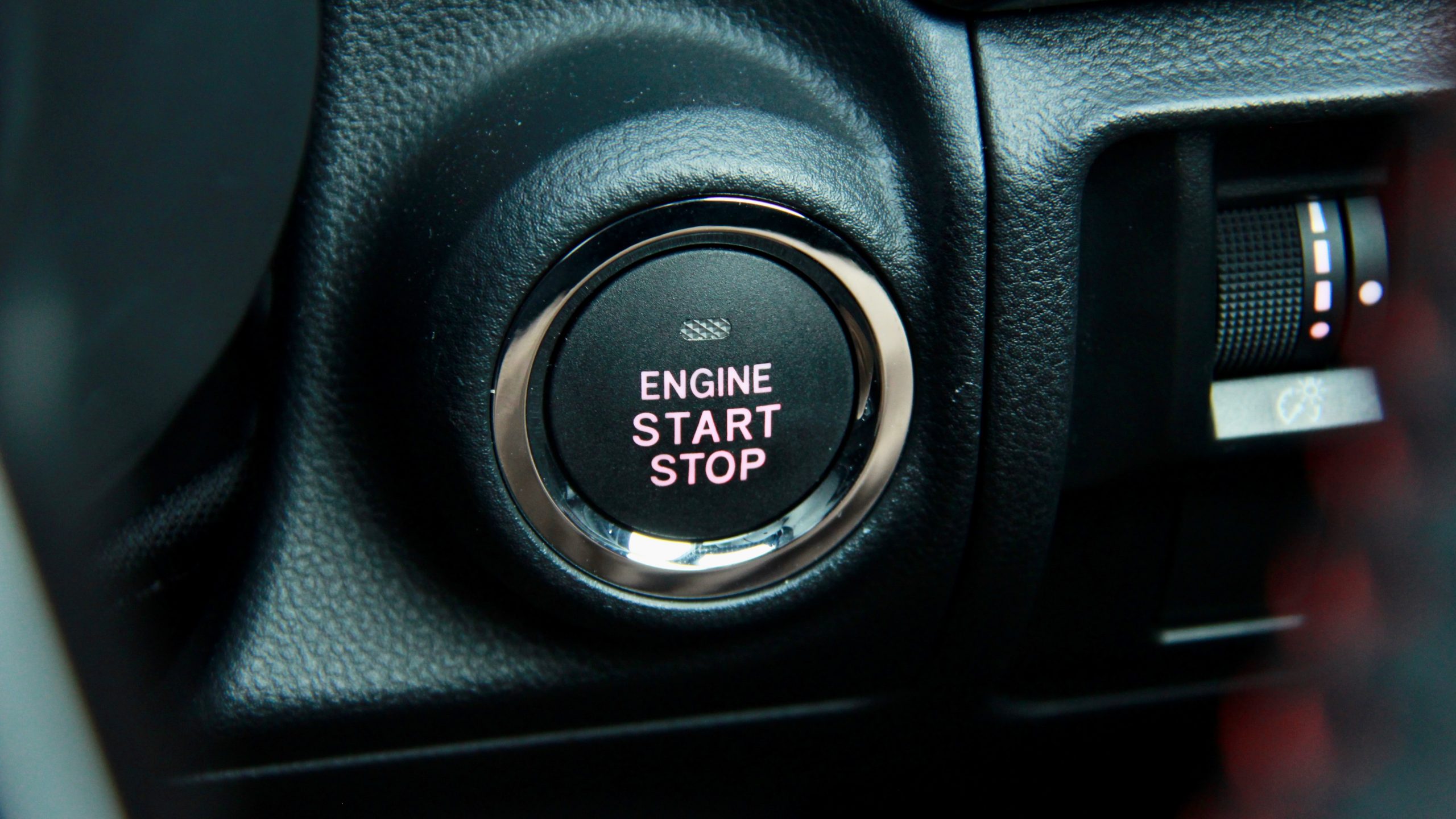
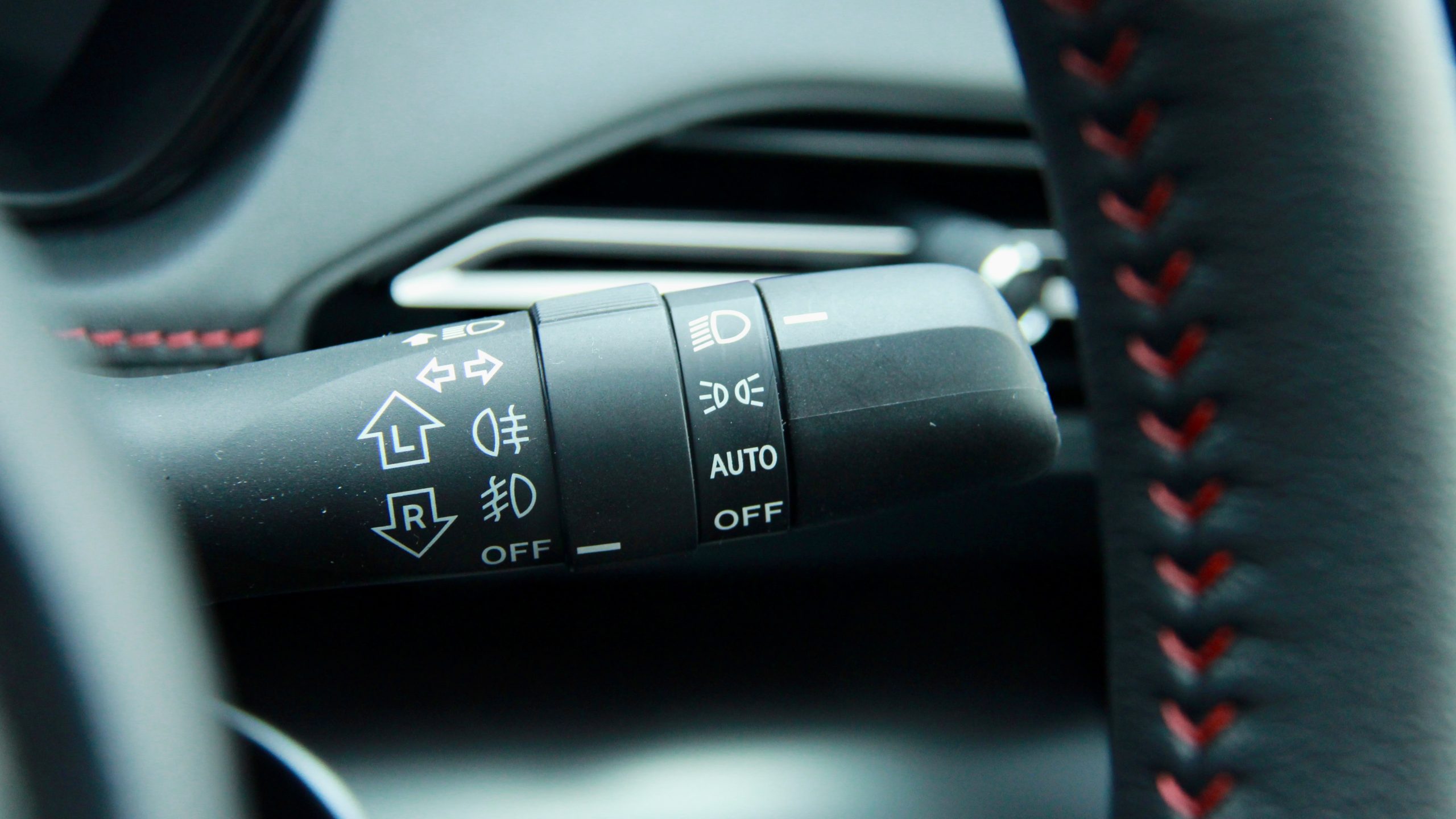
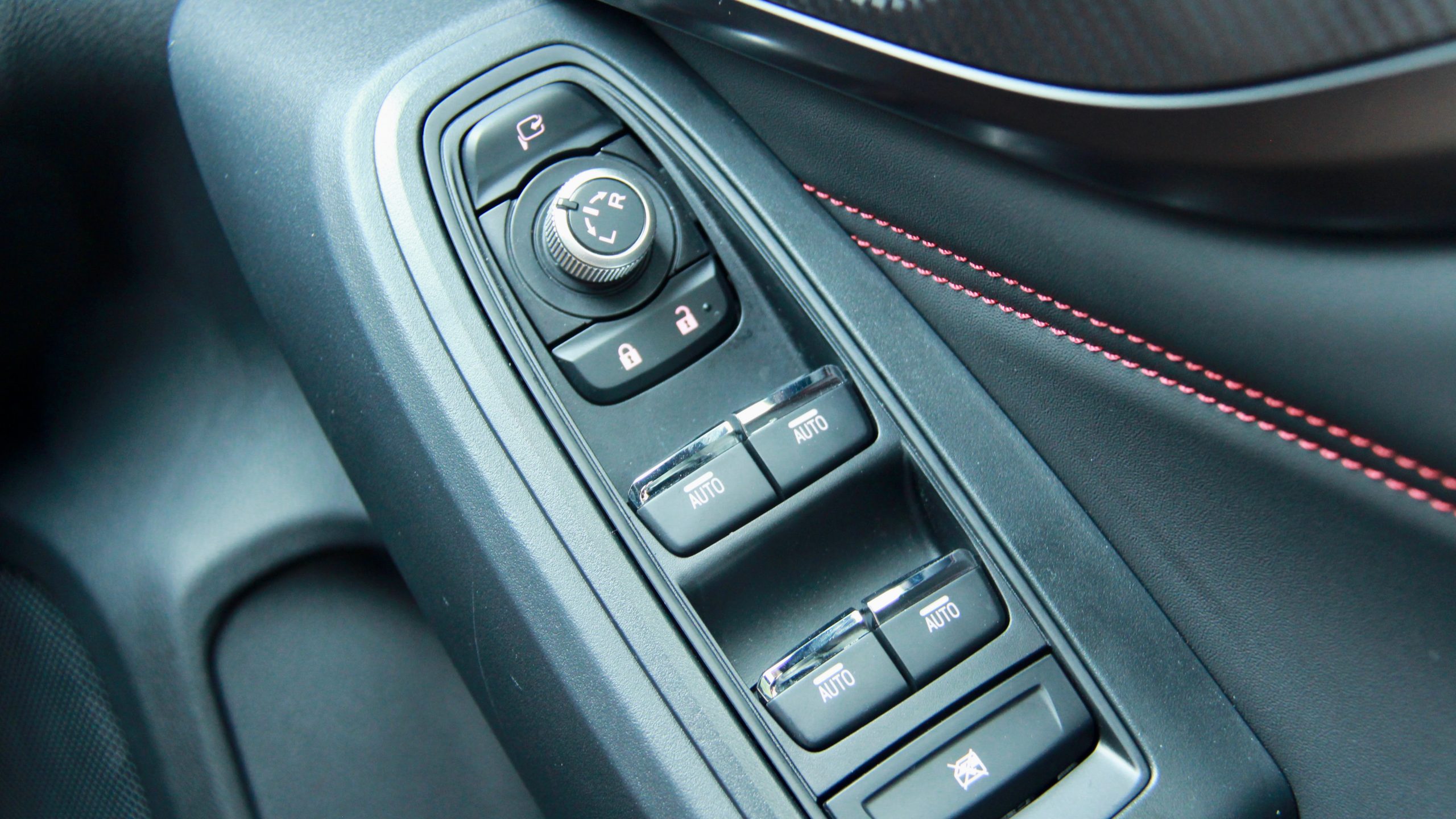
Standard equipment includes 18-inch wheels, auto LED lighting, auto wipers, faux leather and suede upholstery with eight-way powered front seats (with driver’s lumbar adjustment), heated front and rear seats, a sunroof, a leather steering wheel, gearknob and handbrake, dual-zone climate control, cruise control, an 11.6-inch portrait touchscreen with wired Apple CarPlay and Android Auto, satellite navigation, digital radio, a CD player, a 10-speaker Harmon Kardon sound system, heated and electric-folding mirrors and keyless entry and start.
Safety kit includes eight airbags (including a front centre unit), blind-spot monitoring with rear cross-traffic alert, auto high beam, driver attention monitoring, speed sign recognition and front/left-side/rear cameras.
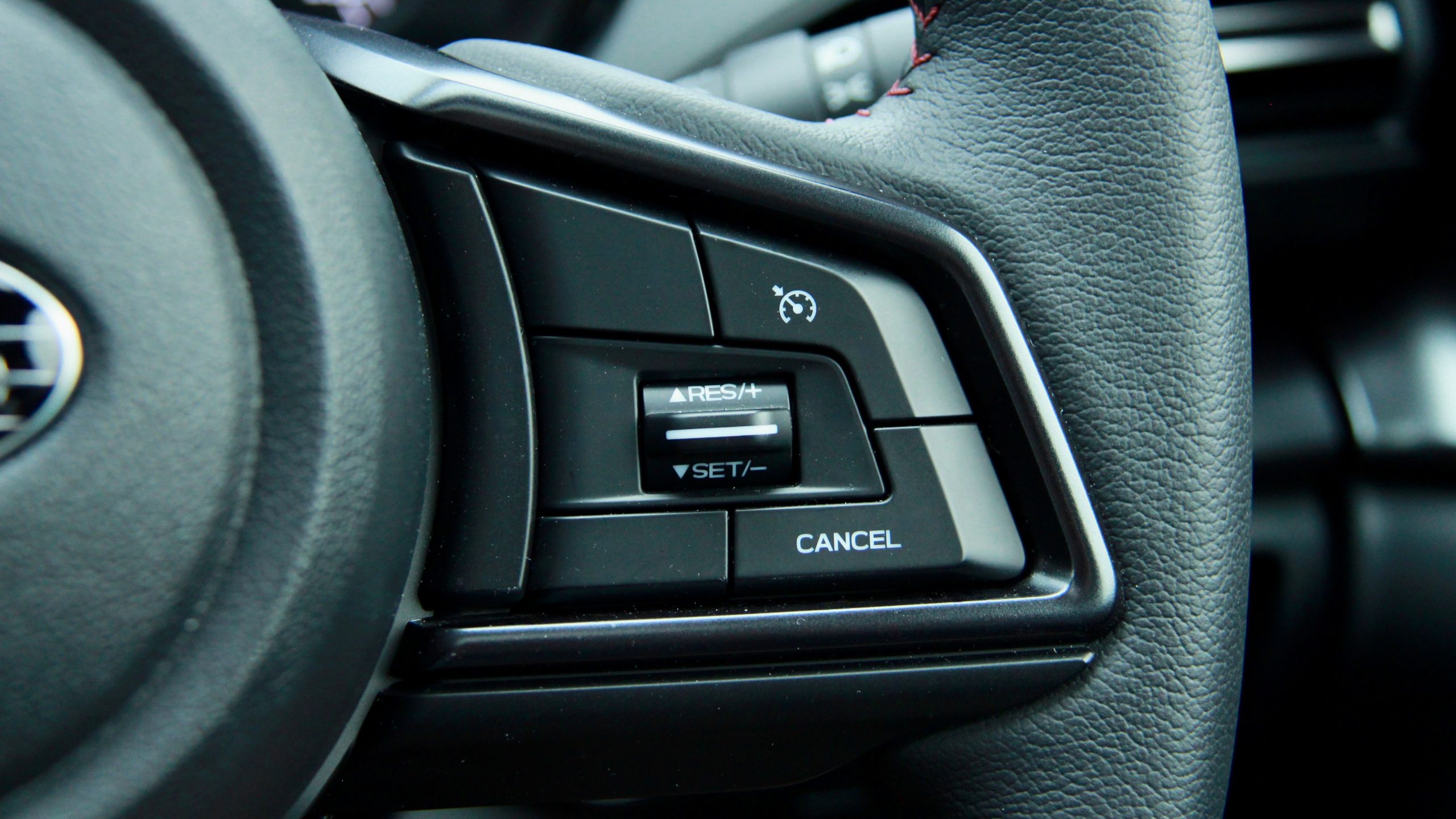
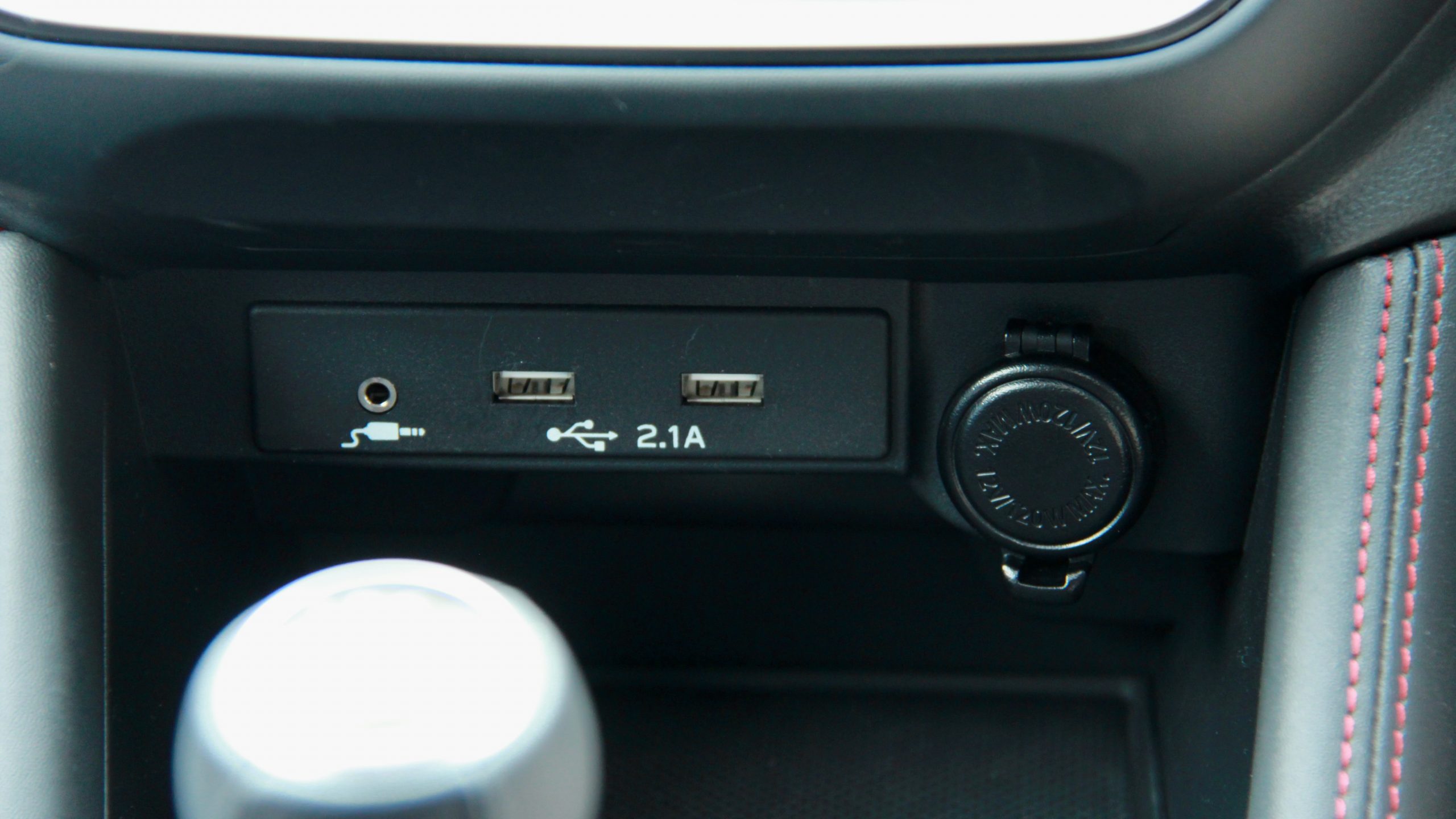
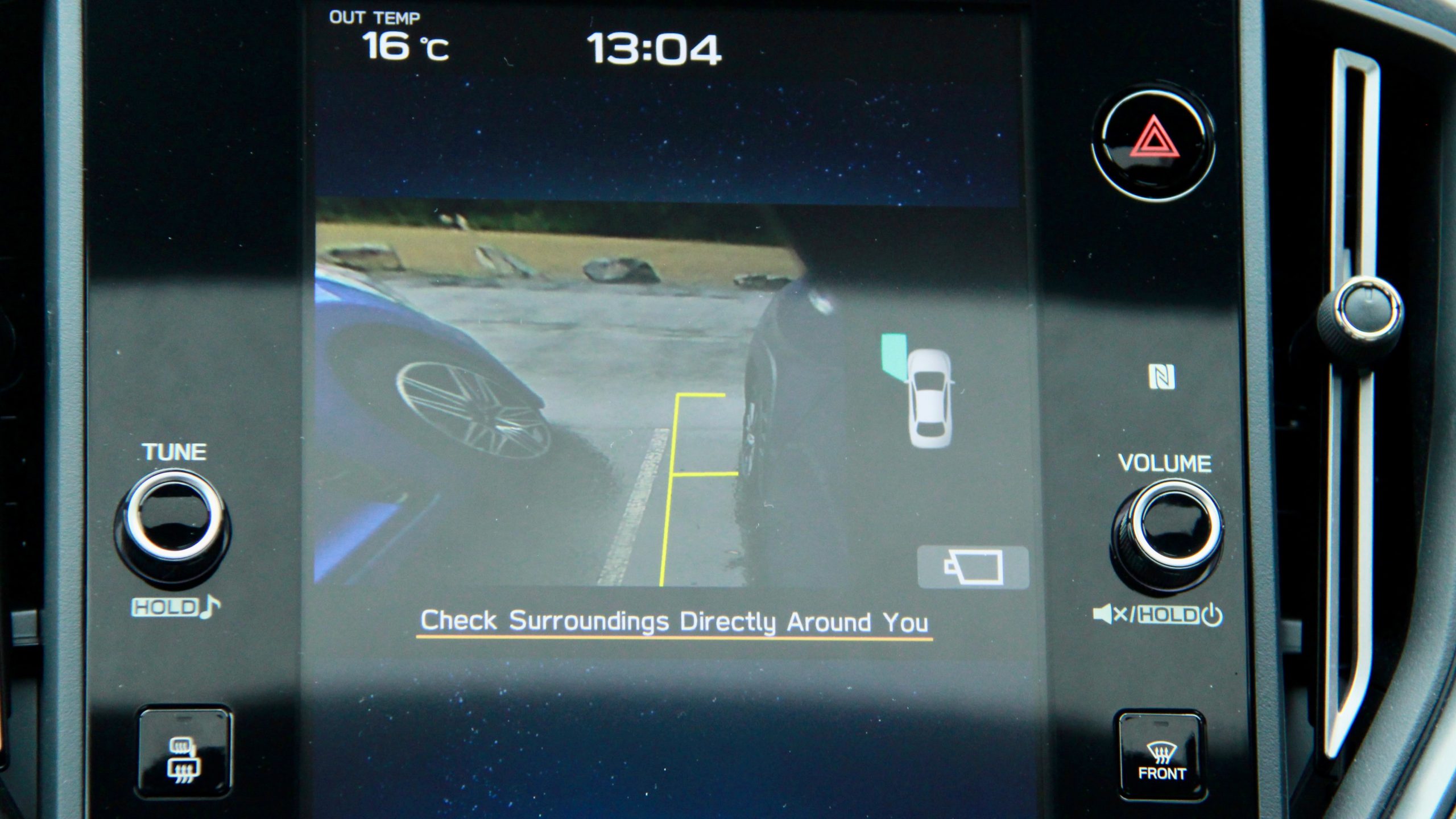
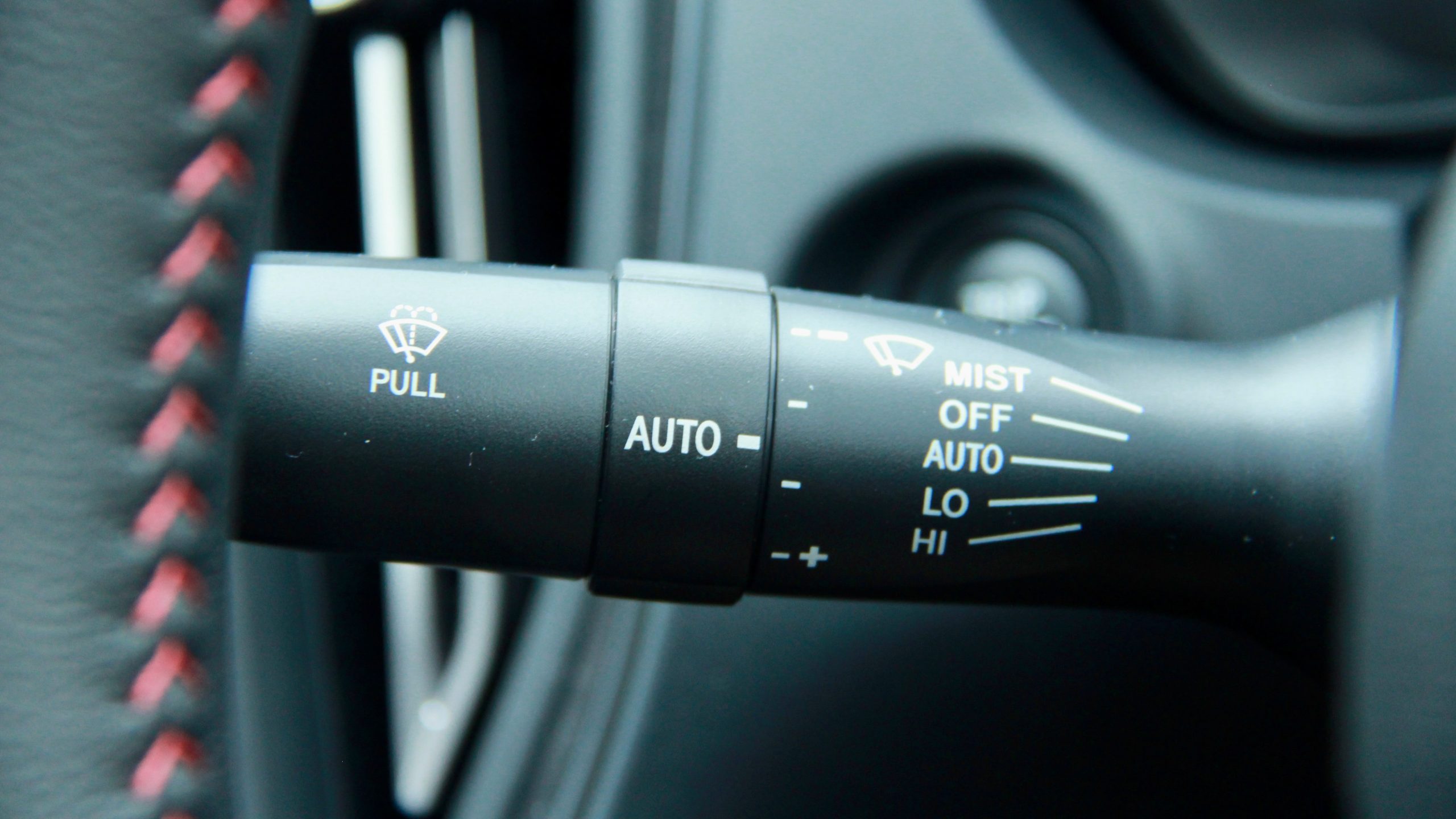
Here comes the negative part: because of the manual transmission, the WRX misses out on a significant amount of standard equipment, including some potentially life-saving safety kit like auto emergency braking (AEB). Choosing the WRX RS automatic – the same model, but a different transmission – adds that with pedestrian and cyclist detection, as well as lane keep assist, lane trace assist, adaptive cruise control, rear auto braking, front and rear parking sensors, memory functionality for the driver’s seat, drive mode selection, rear air vents, a proper centre arm rest, auto start/stop and even auto-folding mirrors.
Losing out on all of this equipment just because of the transmission choice is, in our opinion, very disappointing. Drivers should not be penalised for the transmission they choose.
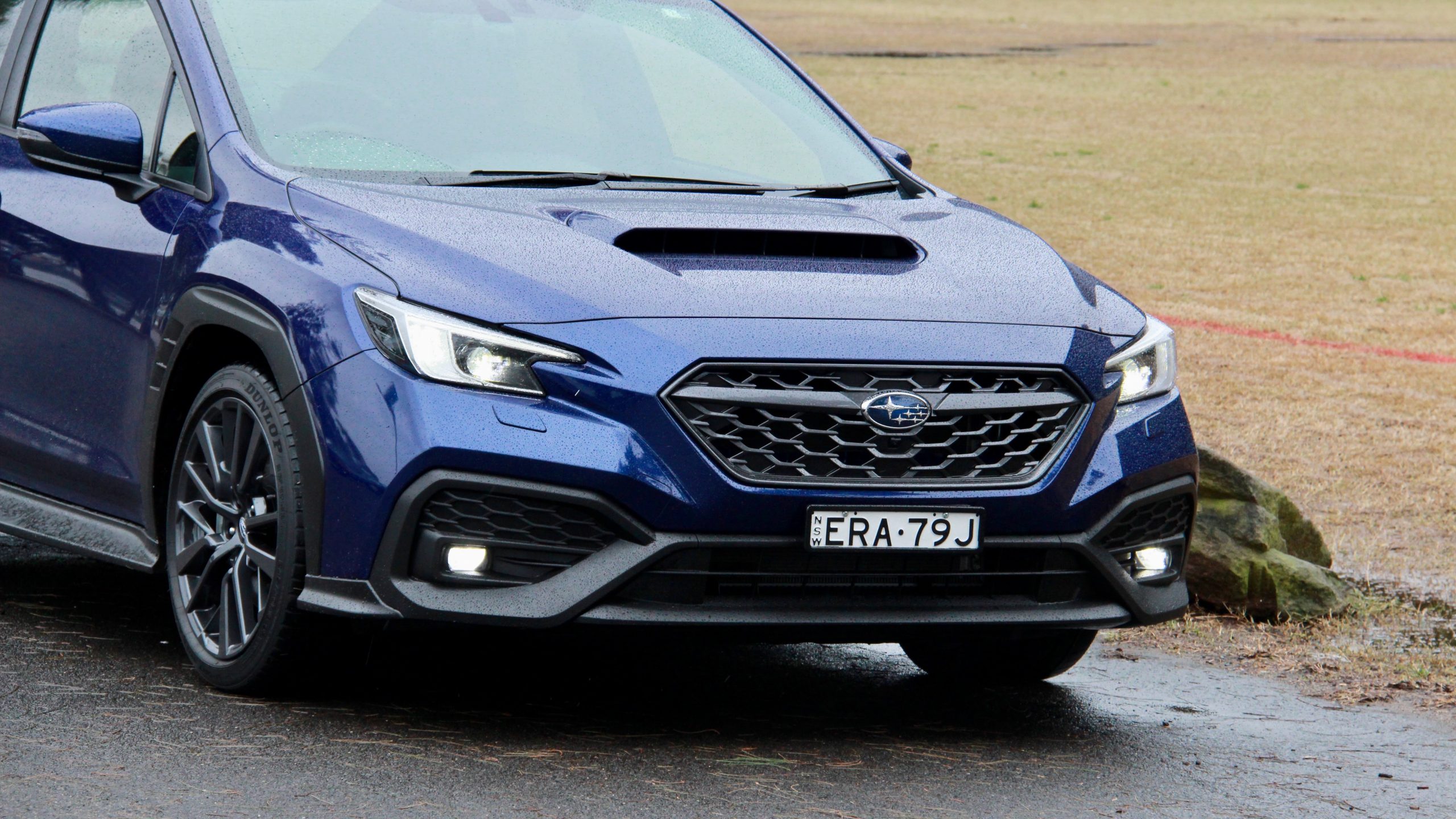
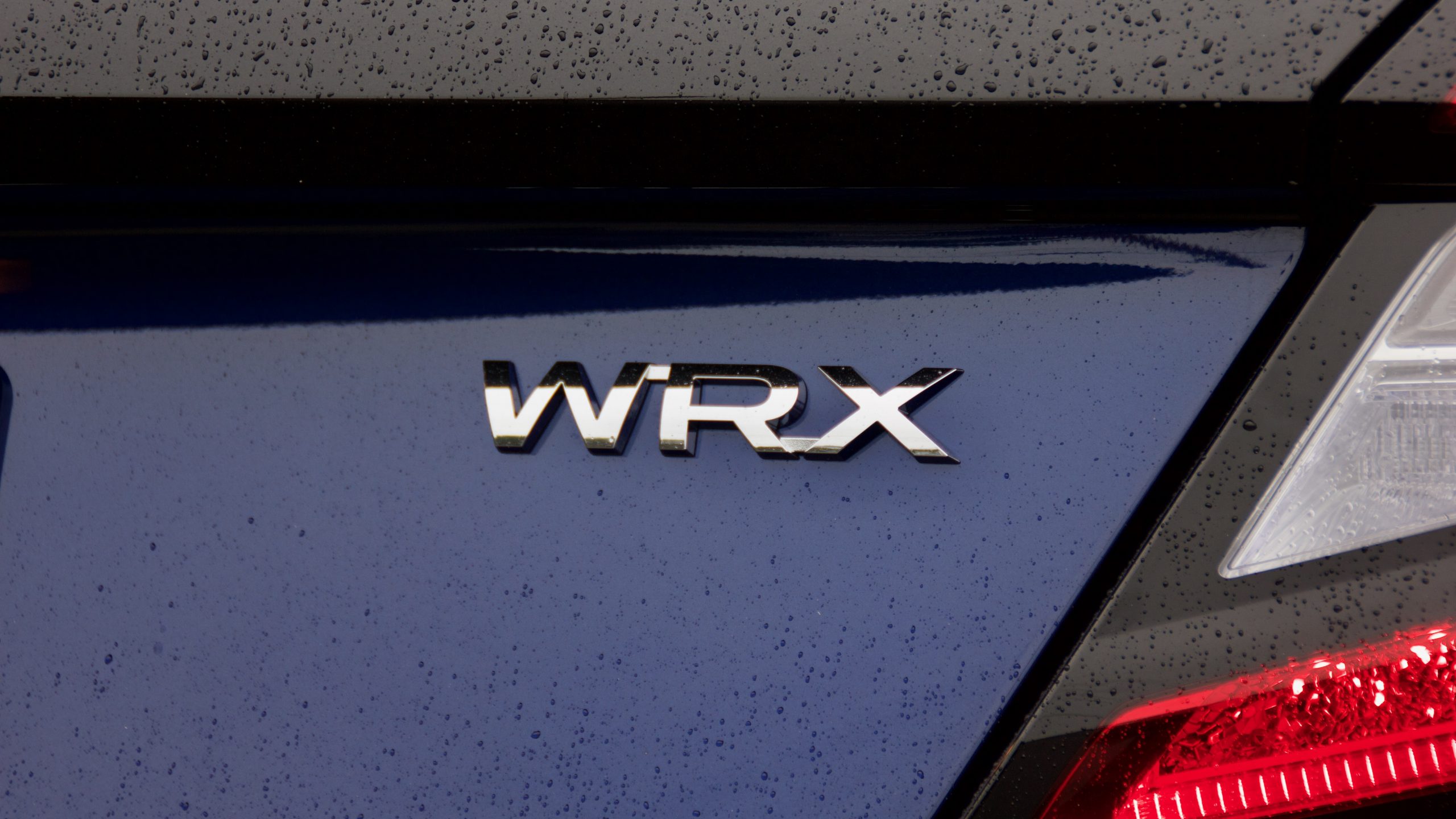
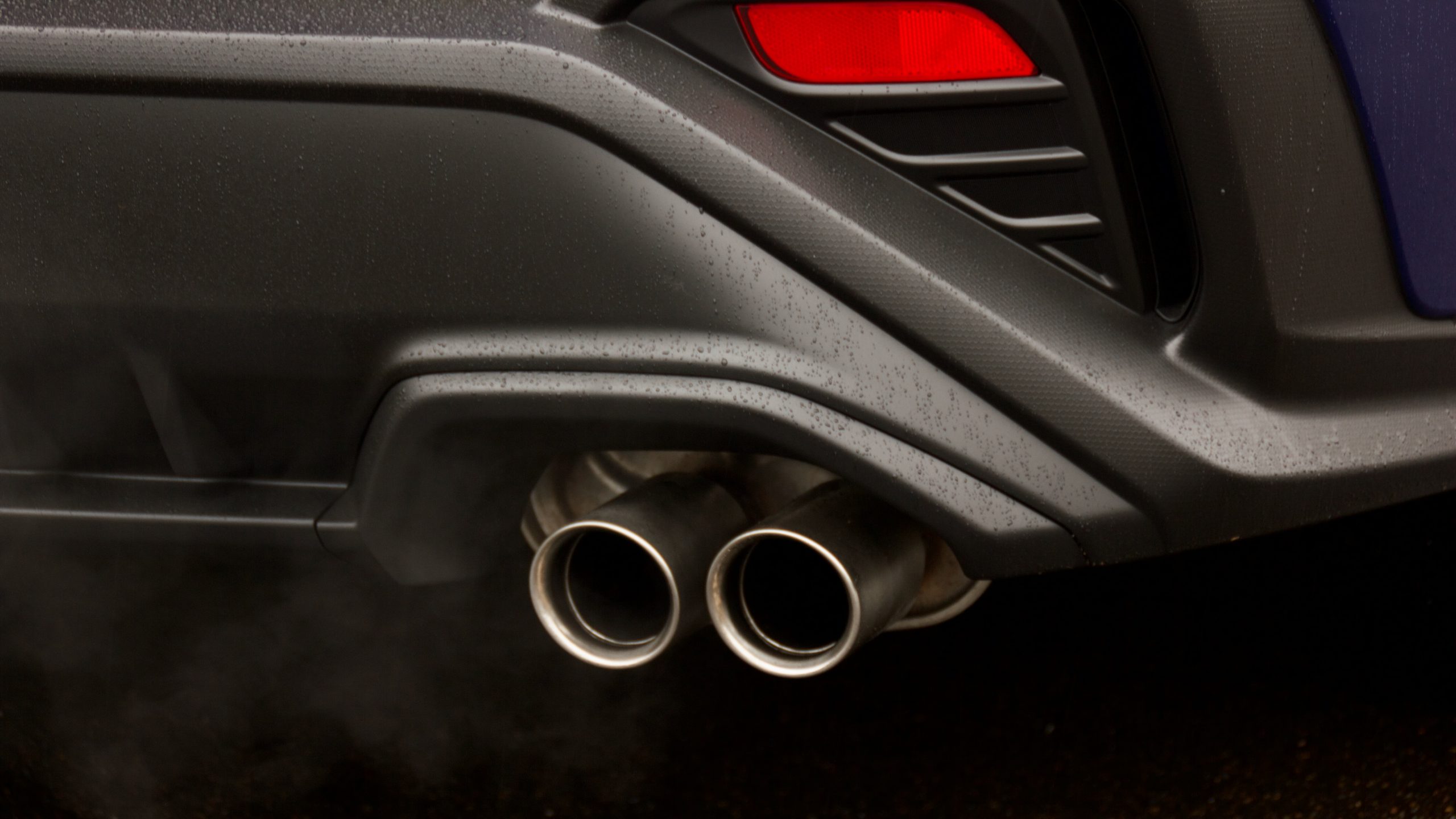
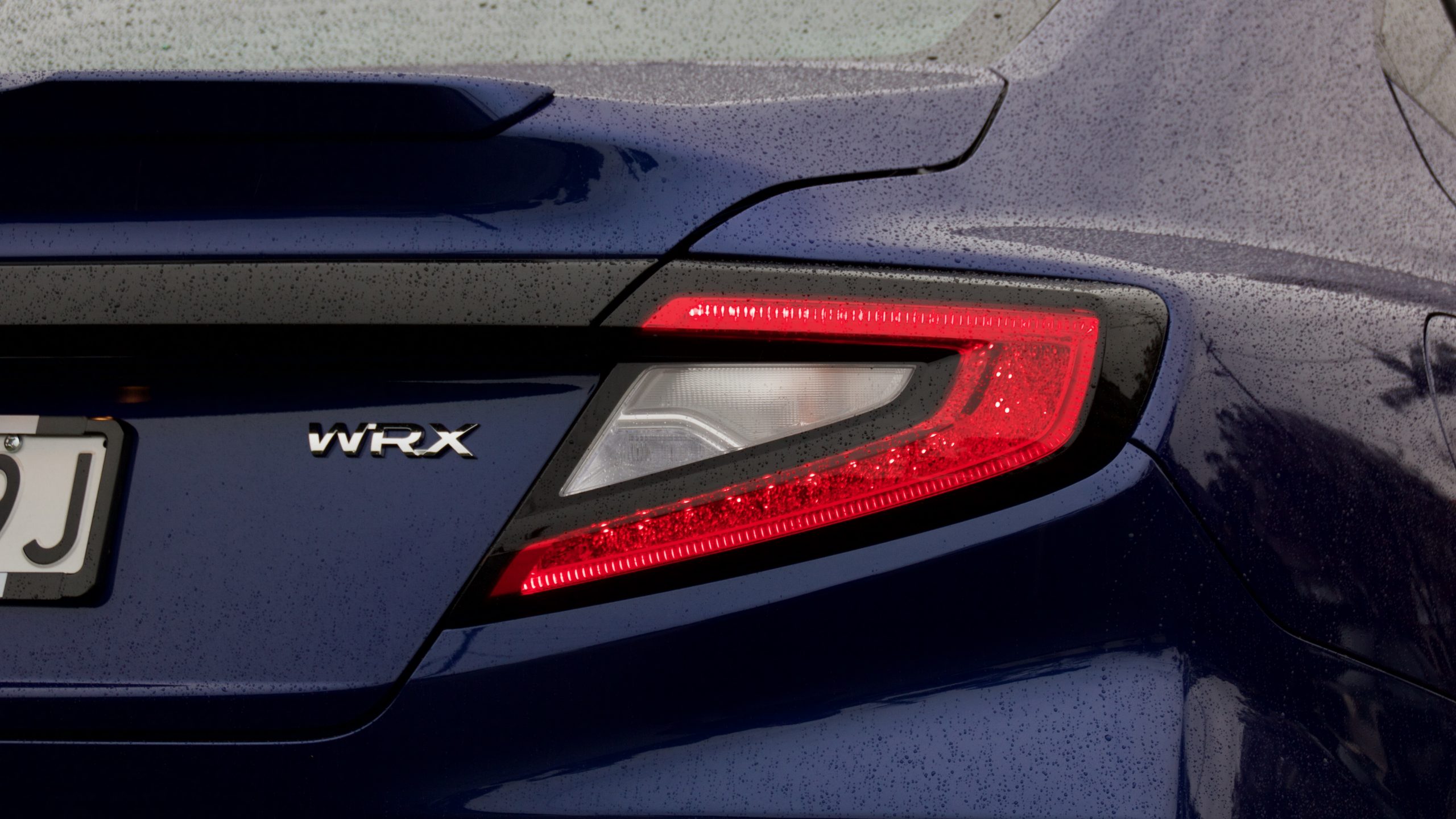
Drivers aren’t penalised for transmission choice in the WRX’s main competitor: the Hyundai i30 N sedan, as features like automatic emergency braking, lane keep assist, even rear air vents and parking sensors are all standard equipment. With a manual, it’s also cheaper at around $53,500 drive away (or $55,500 drive away with a sunroof that the WRX already has as standard).
Performance & Economy: 8/10
Under the bonnet of the 2022 Subaru WRX RS manual is the same 202kW/350Nm 2.4-litre turbocharged four-cylinder ‘boxer’ engine as the CVT automatic that we tested recently. However, one element makes it much better: the sweet six-speed manual transmission of our test car.
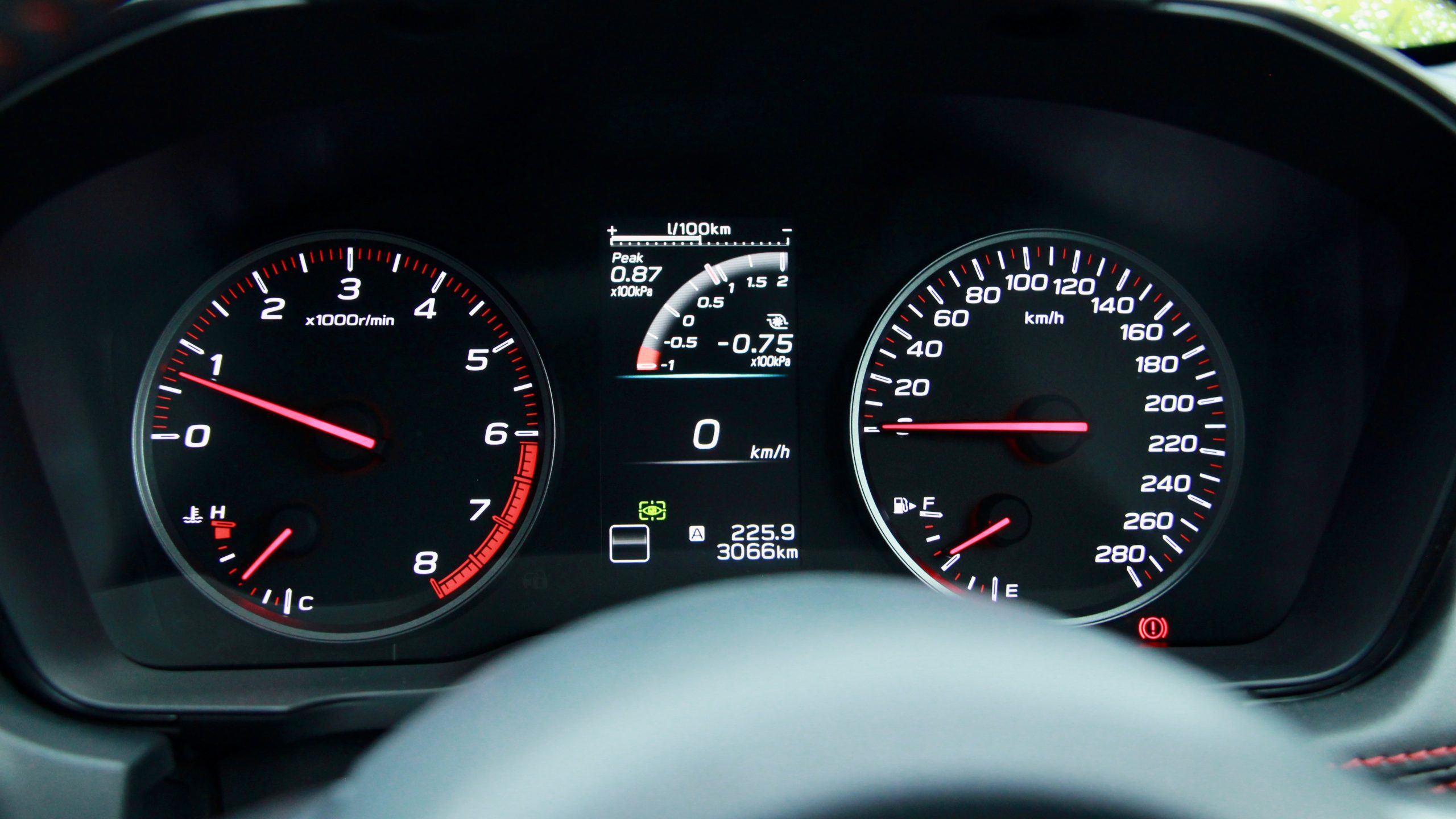
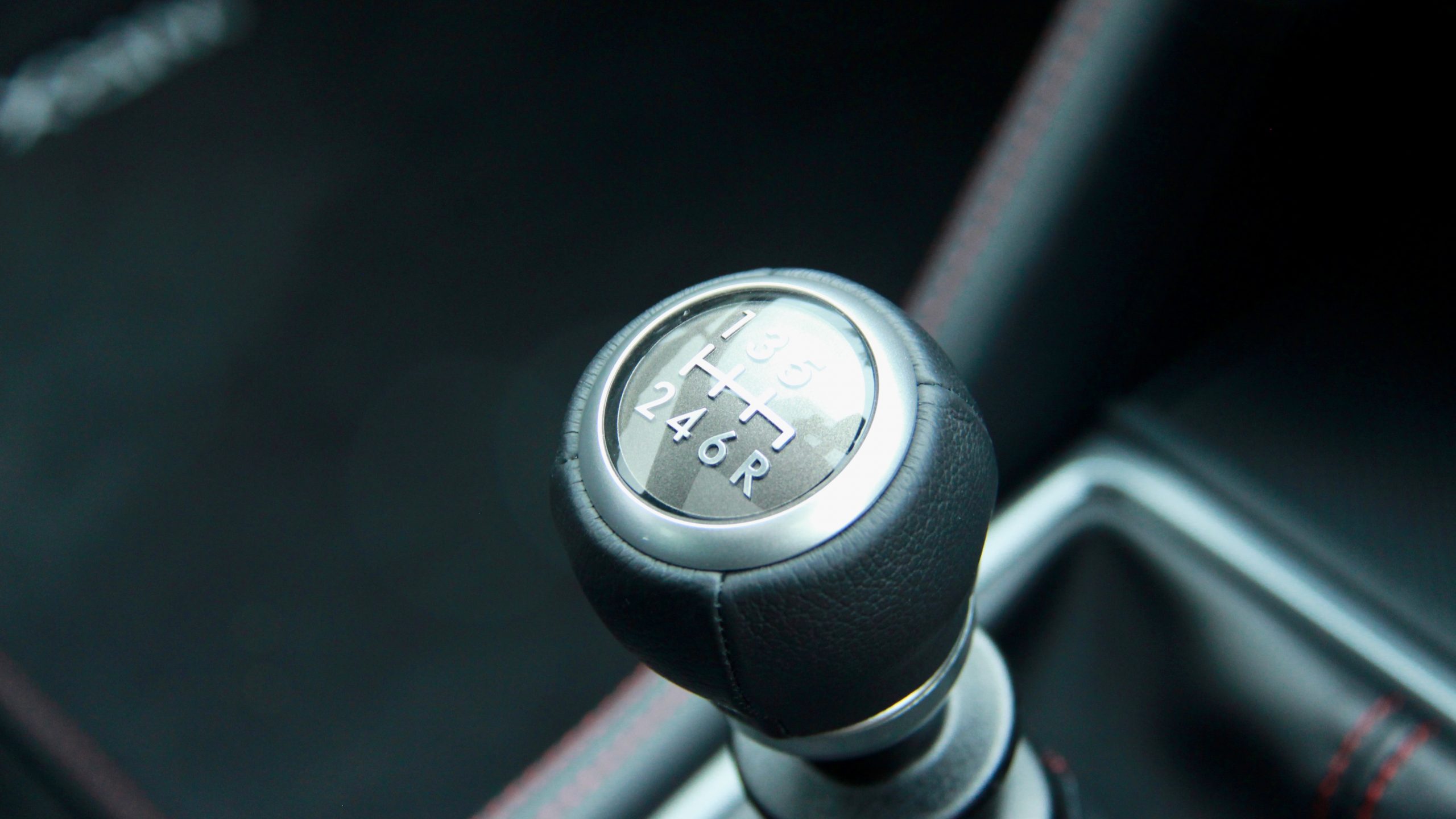
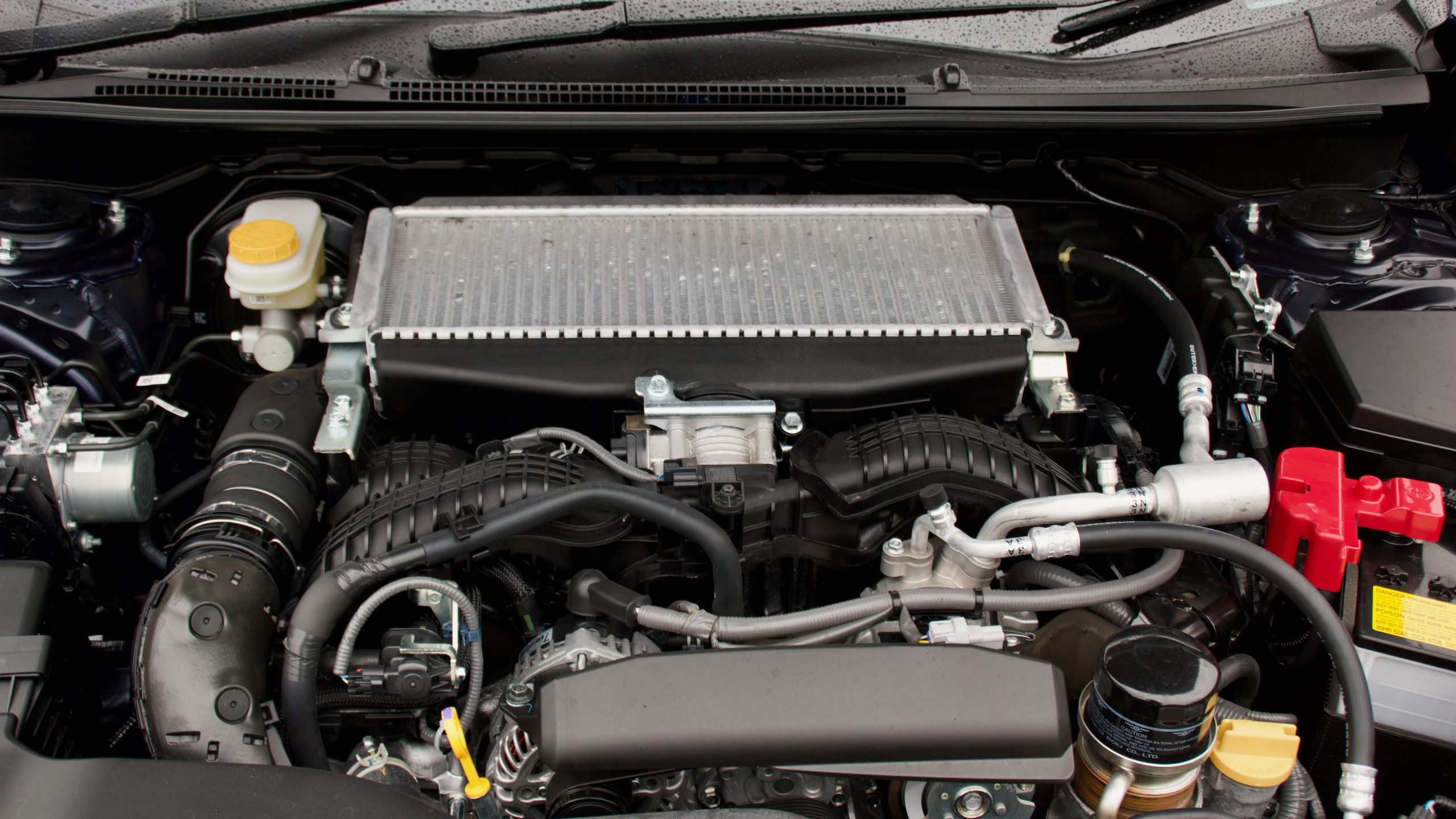
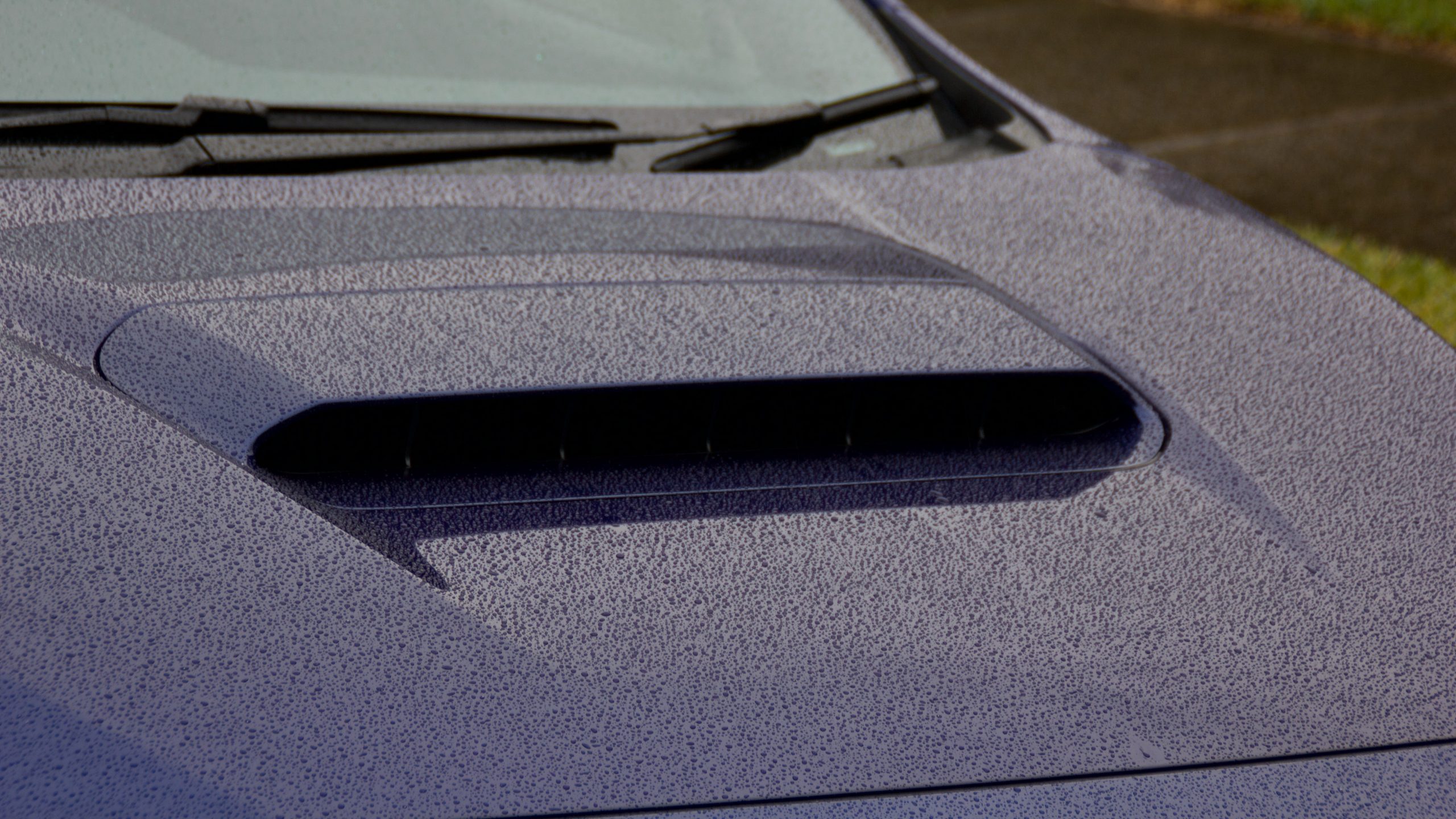
The manual transmission is an improvement on Subaru manual boxes of the past, with a smooth gate manner and a clutch which is surprisingly easy and communicative to use. Because of the really short first and second gear ratios, which have you shifting twice before you hit 20km/h in normal driving, the WRX manual has quick acceleration. Subaru claims a 0-100km/h time of 6.0 seconds, but it feels quicker than that thanks to the short ratios. It would be nice to hit 100km/h in second gear, however – second runs out at just 86km/h, and the rev hang is improved but still annoying.
While the new ‘FA24’ engine feels stronger tied to a manual transmission – unlike the CVT automatic, which makes it feel dull – the typical WRX noise is not present. In fact, there’s very little noise at all, aside from the sound of a cold start up. In presenting such a different character between the two transmission choices – where the automatic is more subdued against the manual – surely Subaru could’ve found a way to make the WRX manual more aurally engaging as well. Add the lack of noise to the list of improvements for the mid-life facelift, please Subaru.
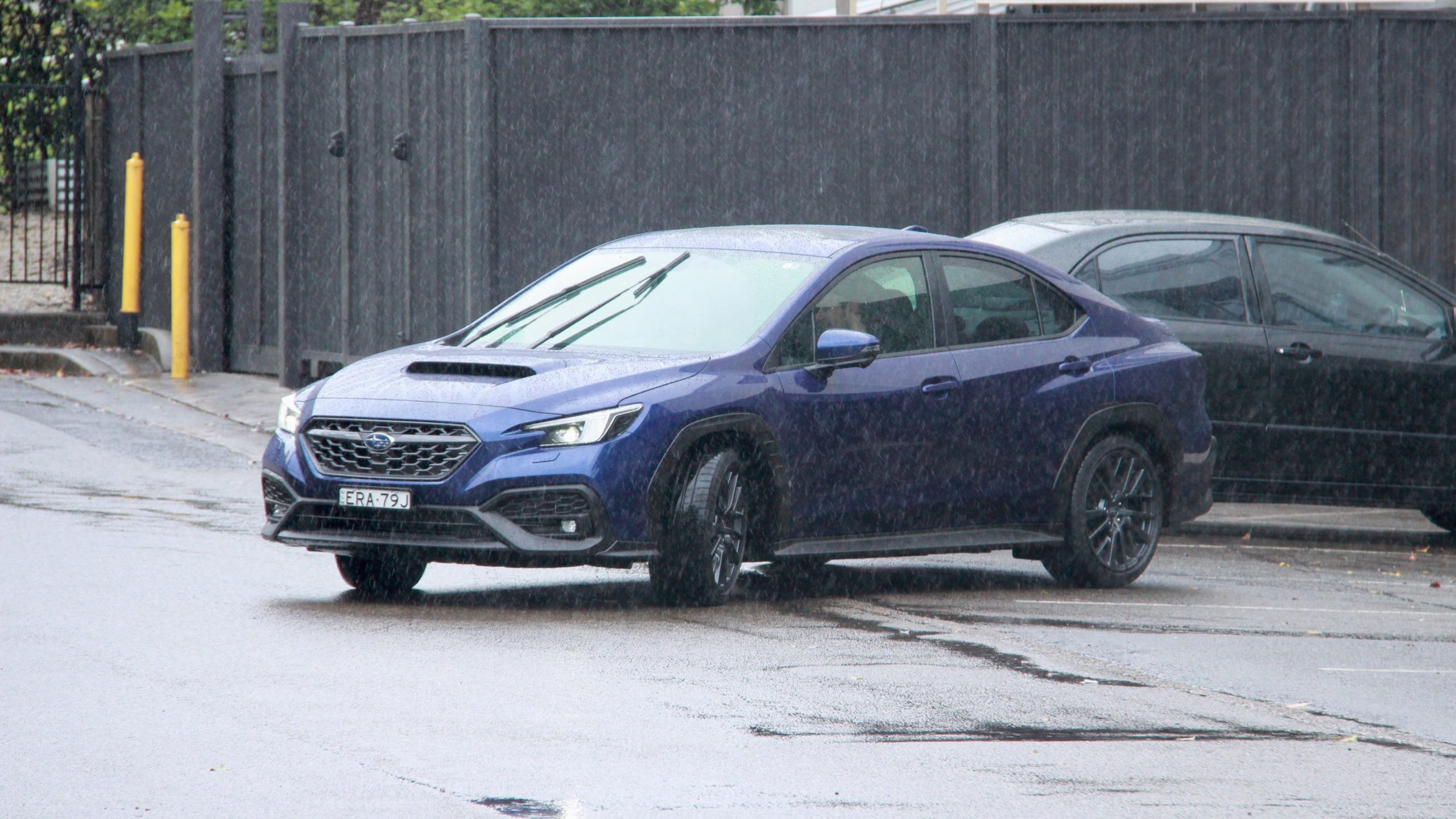
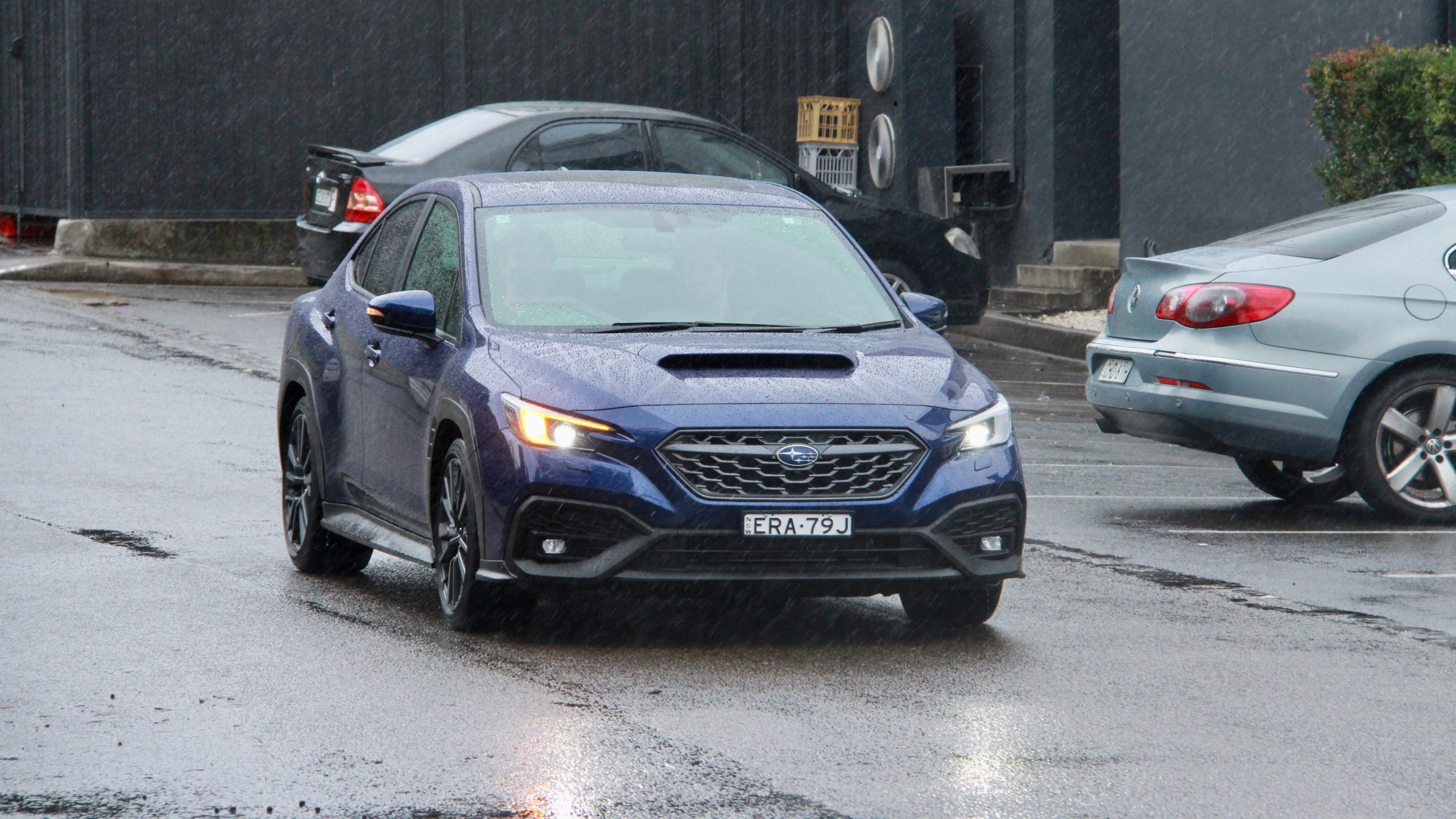
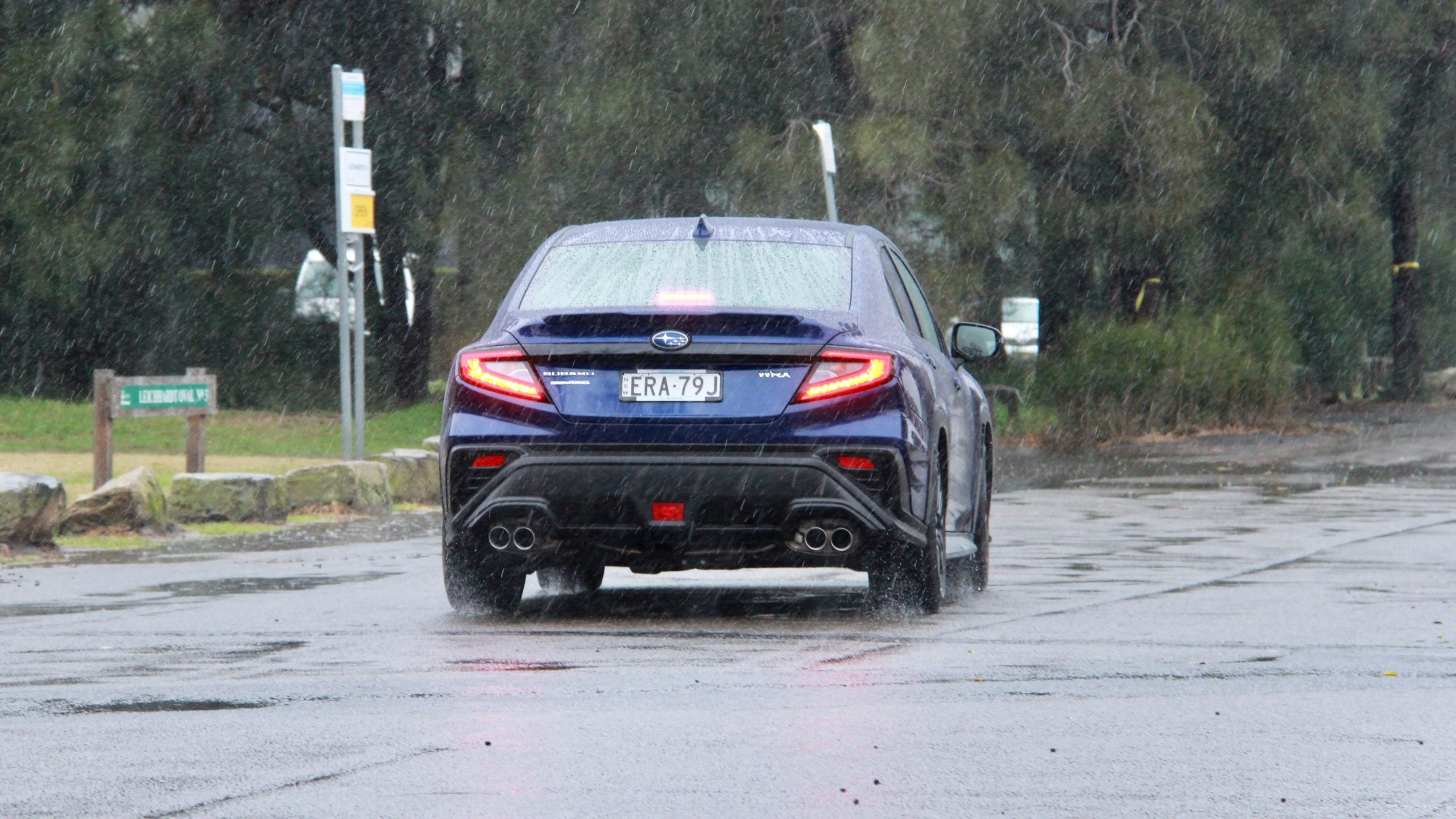
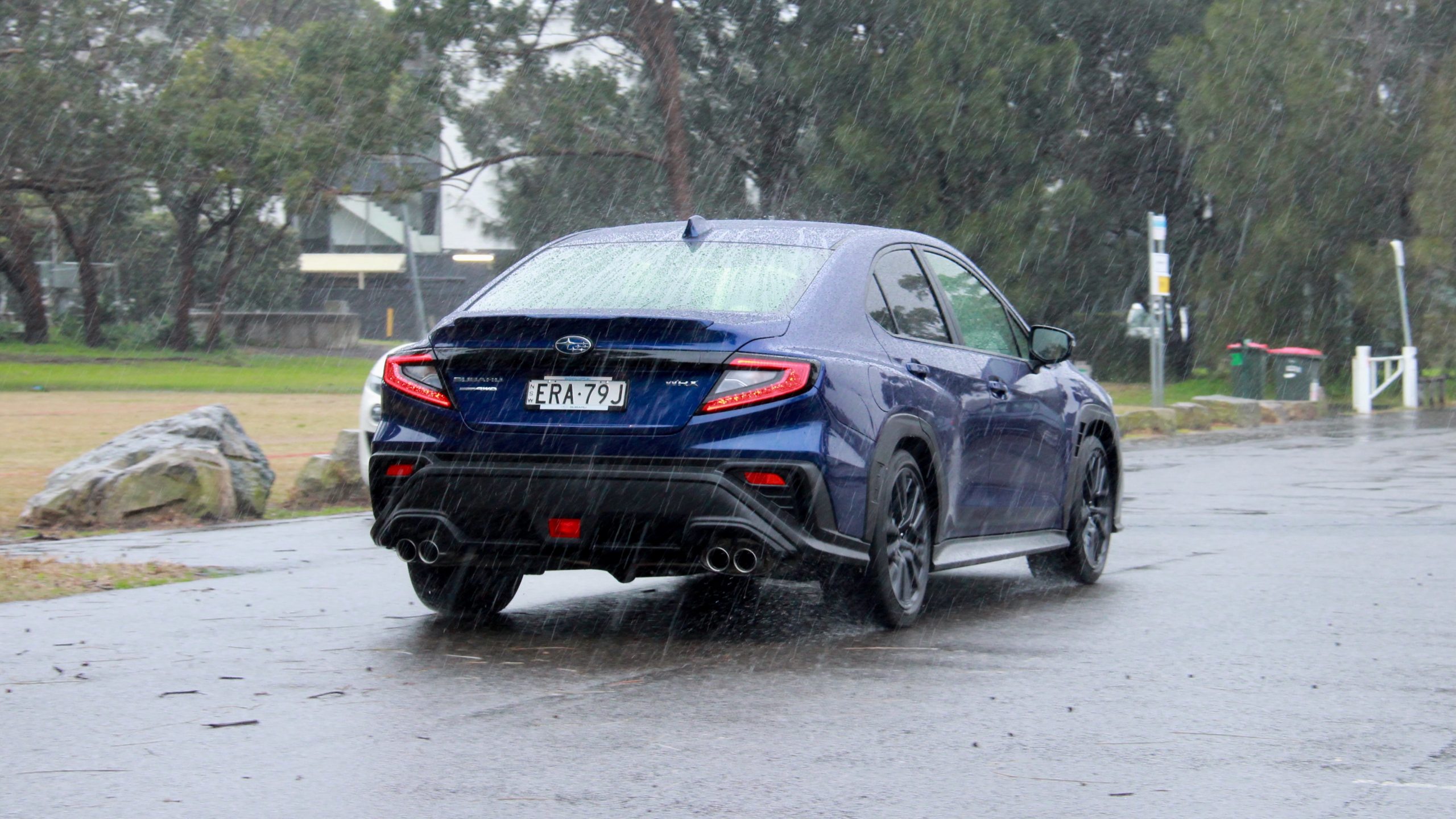
The claimed combined fuel consumption figure for the WRX RS manual is 9.9L/100km, and we struggled to get near that in our testing, recording an average of 12.4L/100km. It runs on minimum 95RON premium unleaded and has a 58-litre fuel tank.
Ride & Handling: 9/10
Based on the same ‘Subaru Global Platform’ as the rest of the Subaru range – bar the BRZ sports car – the new WRX surprised us in top-spec tS form thanks to its all-round comfort. Even in the sportiest driving mode, the tS was very comfortable no matter what the driving situation. Because of the manual transmission, the RS we drove did not have the tS’ adaptive dampers, and nor did it have the drive mode selection. With the manual, the WRX is one setting for everything: the engine, suspension, steering and so on. Because of that, we think it’s all the better for it.
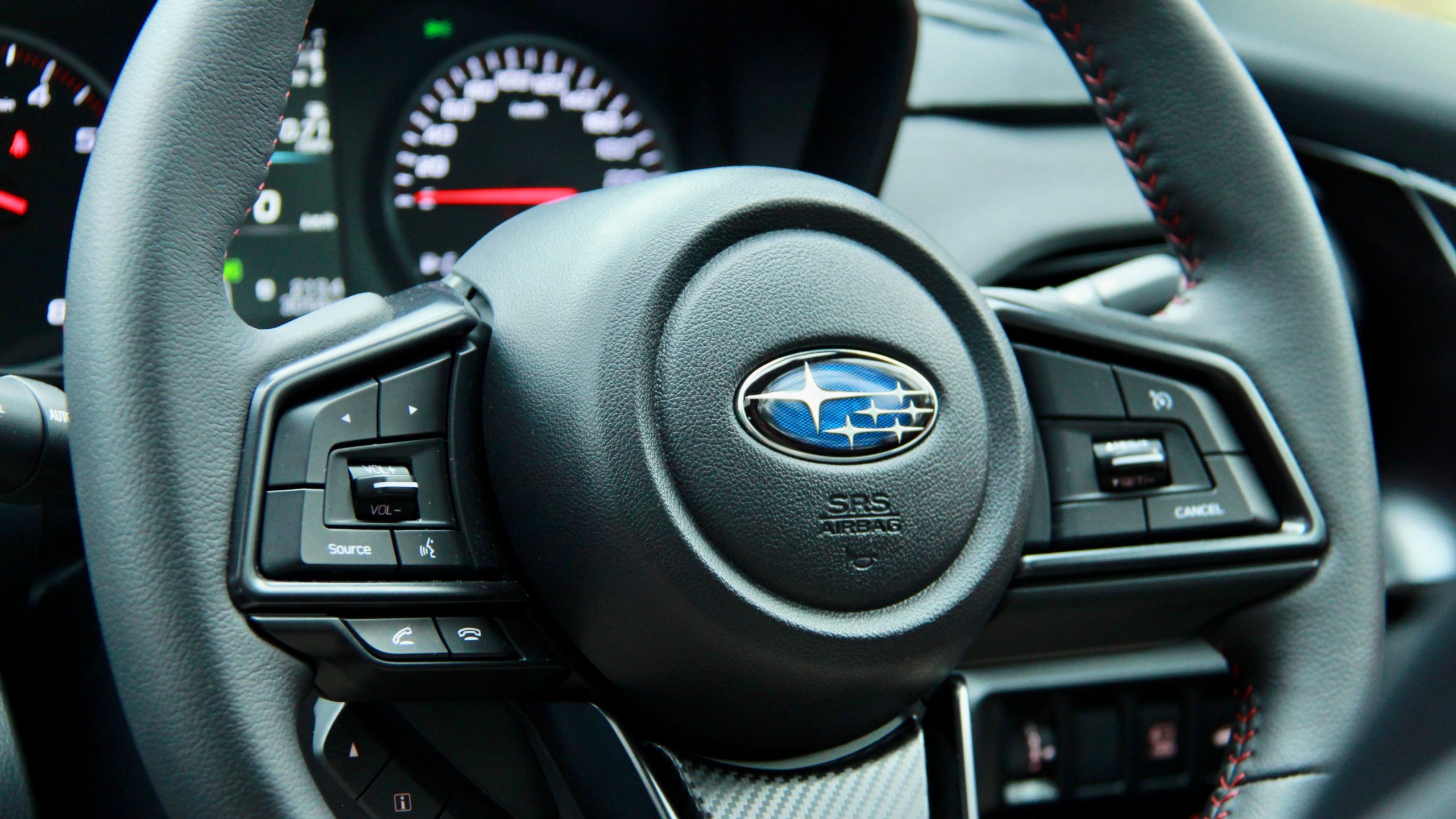
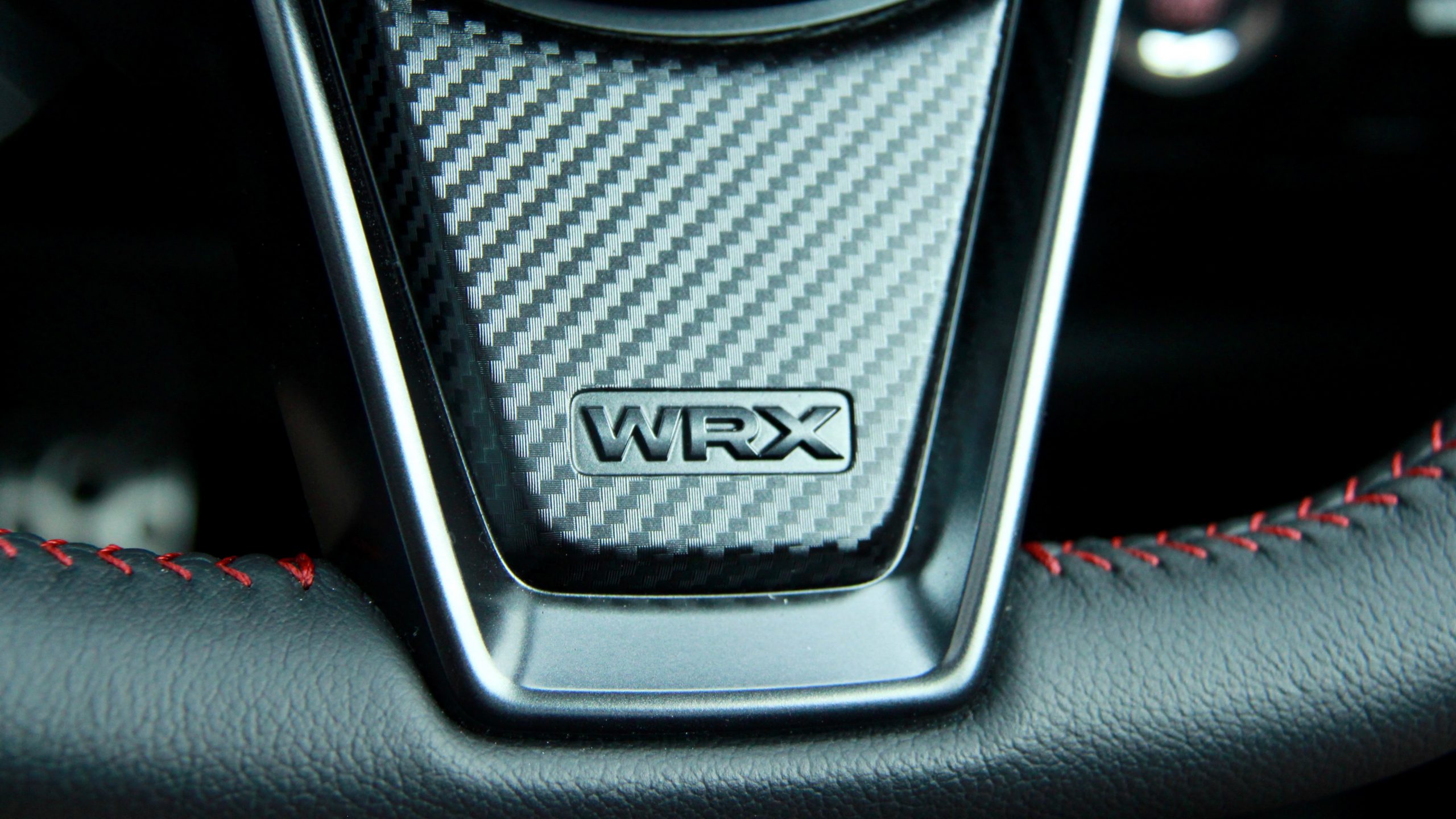
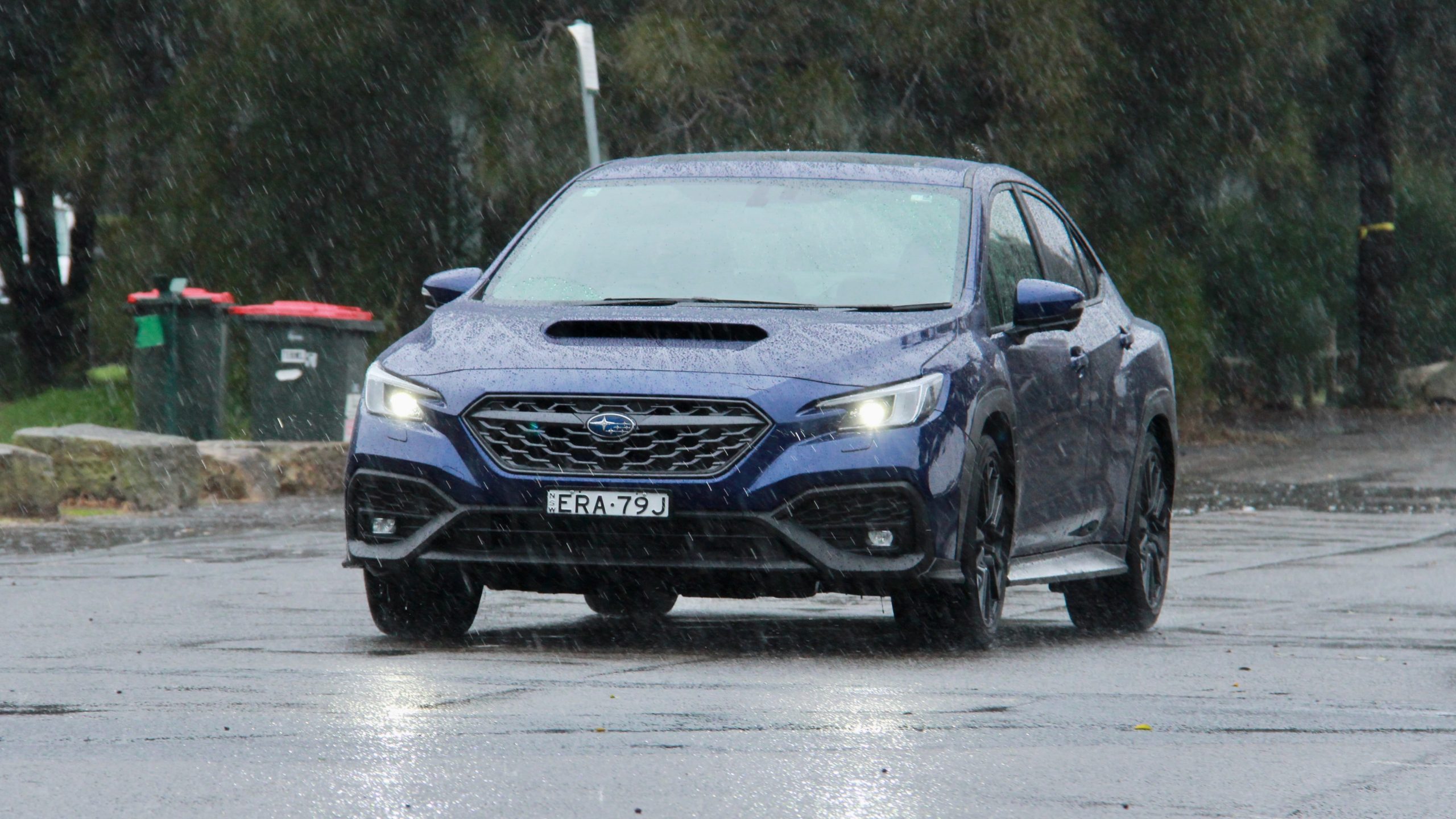
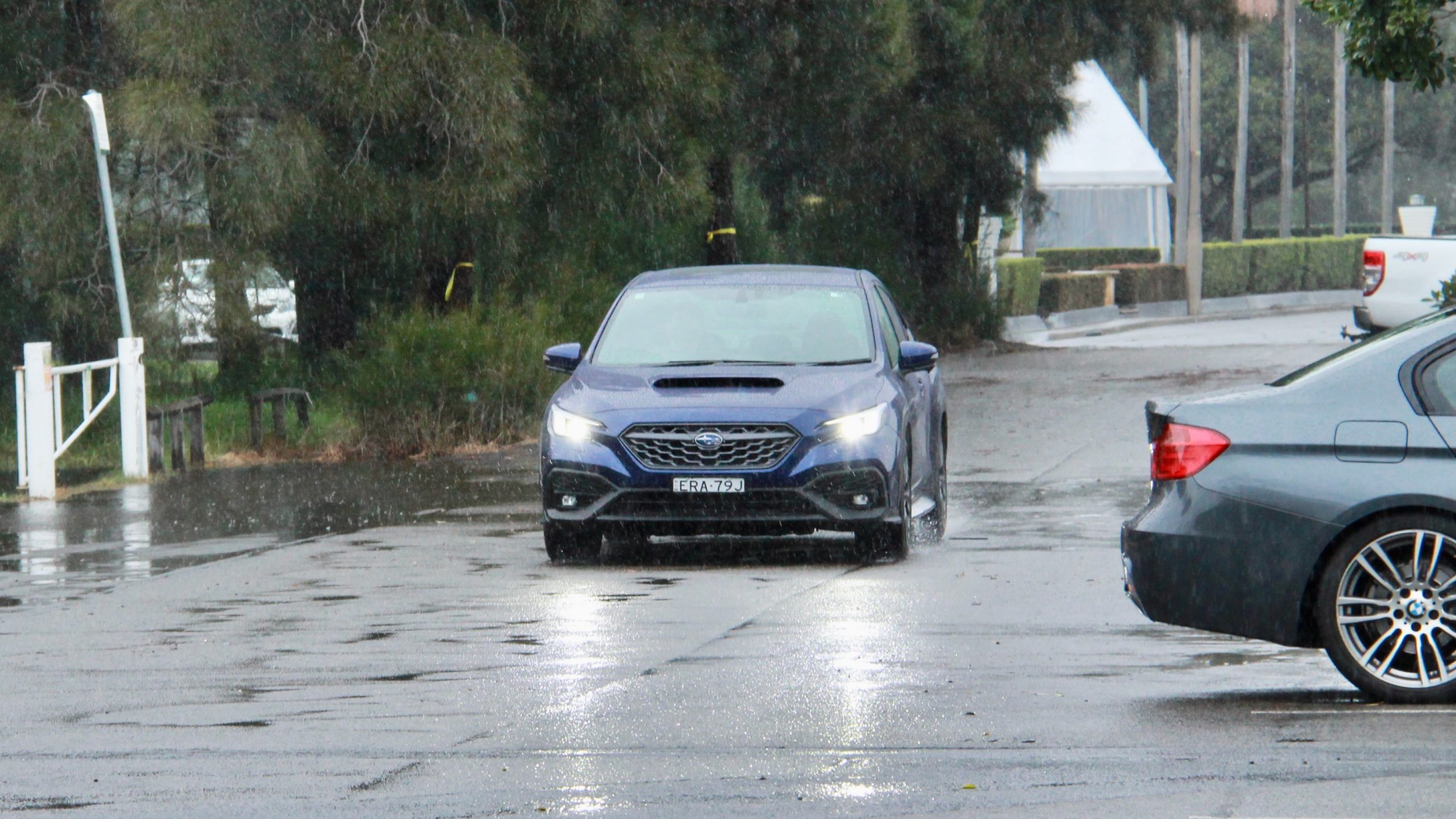
Yes, the tS’ adaptive suspension gives it a well-rounded character, but the WRX RS manual is definitely harder and sportier. It’s more fun as well, thanks to its sharper steering than the adjustable rack of the tS – the RS’ steering feels like the tS’ sportiest setting – and while the one-setting suspension is also on the firmer side of the WRX tS’ adjustable set up, it’s more than comfortable and adds a degree more of engagement.
Behind the wheel of the WRX RS manual is an experience definitely more like the WRX we’re used to. It’s firmer, harder and more raw. It’s also quite quick as a manual – certainly quicker than you imagine it being upon first starting it up. The WRX’s handling is excellent. While there’s the typical Subaru tendency towards understeer, it’s very grippy and its mid-corner punch is fantastic. Like WRXs of the past, it can be very fun to drive – but you have drive it hard for the fun to make itself known.
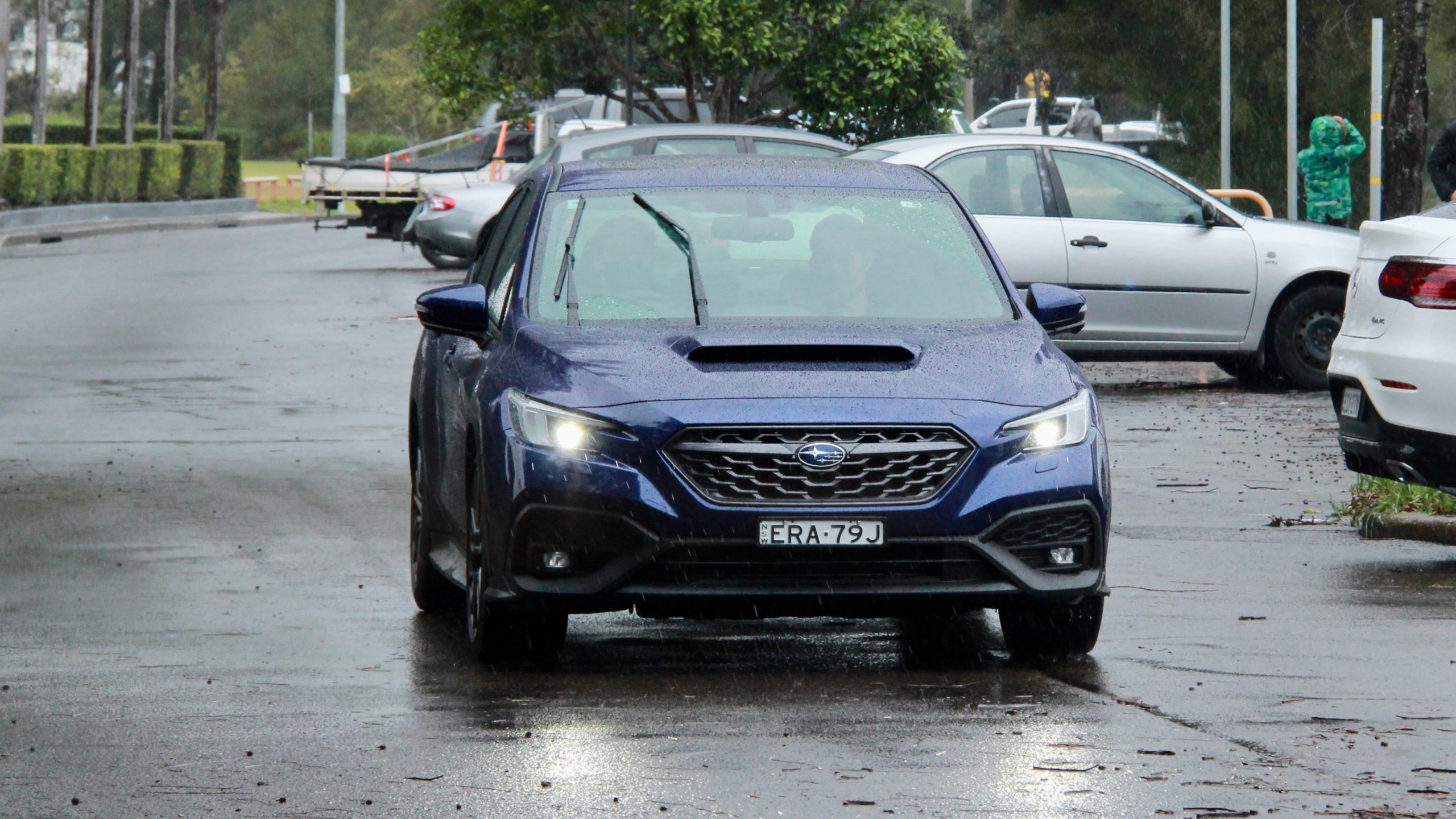
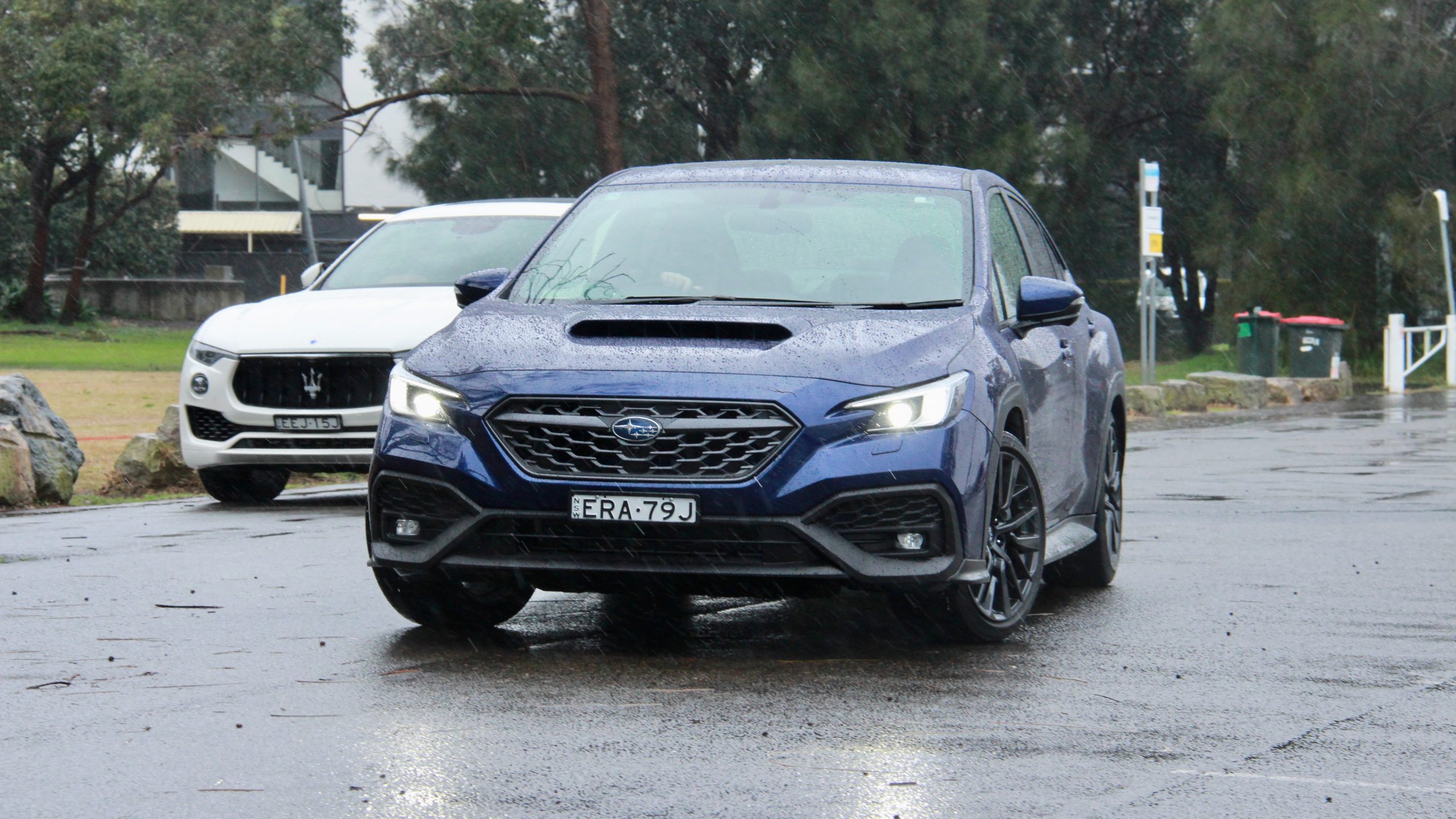
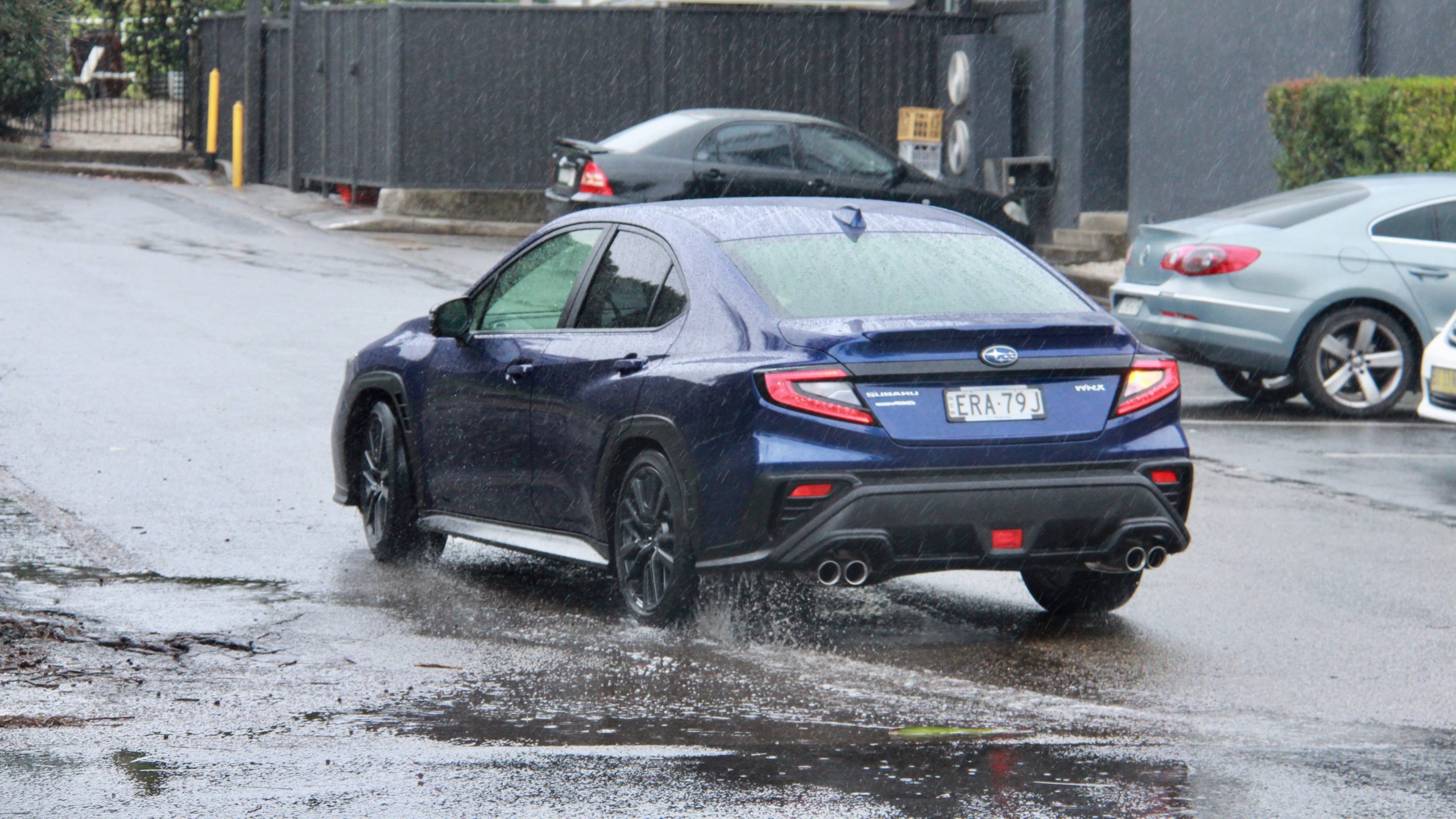
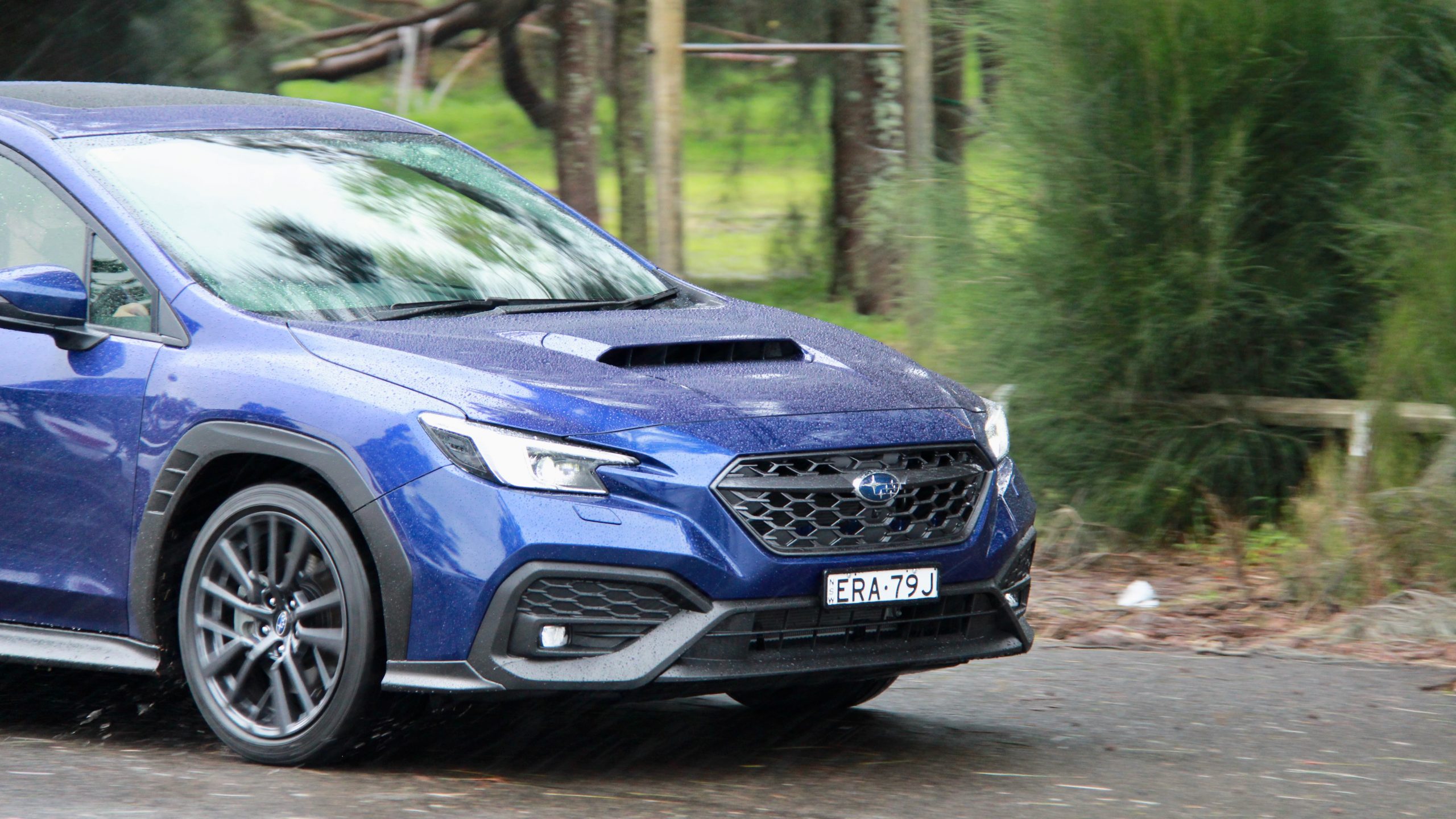
The flipside to this is that the new WRX is more comfortable than previous generation cars. Around town, the WRX RS manual’s driving experience is entirely normal. While there is a bit of road noise, the visibility is great and it’s otherwise very easy to drive.
Interior & Practicality: 9/10
While the WRX’s mechanicals haven’t really changed all that much, its interior is a big step up on the car it replaced. The quality is better, it’s more comfortable, more technologically advanced and while it’s a clear evolutionary step over the last model, it’s a more cohesive and modern feeling cabin than has graced any previous shape WRX.
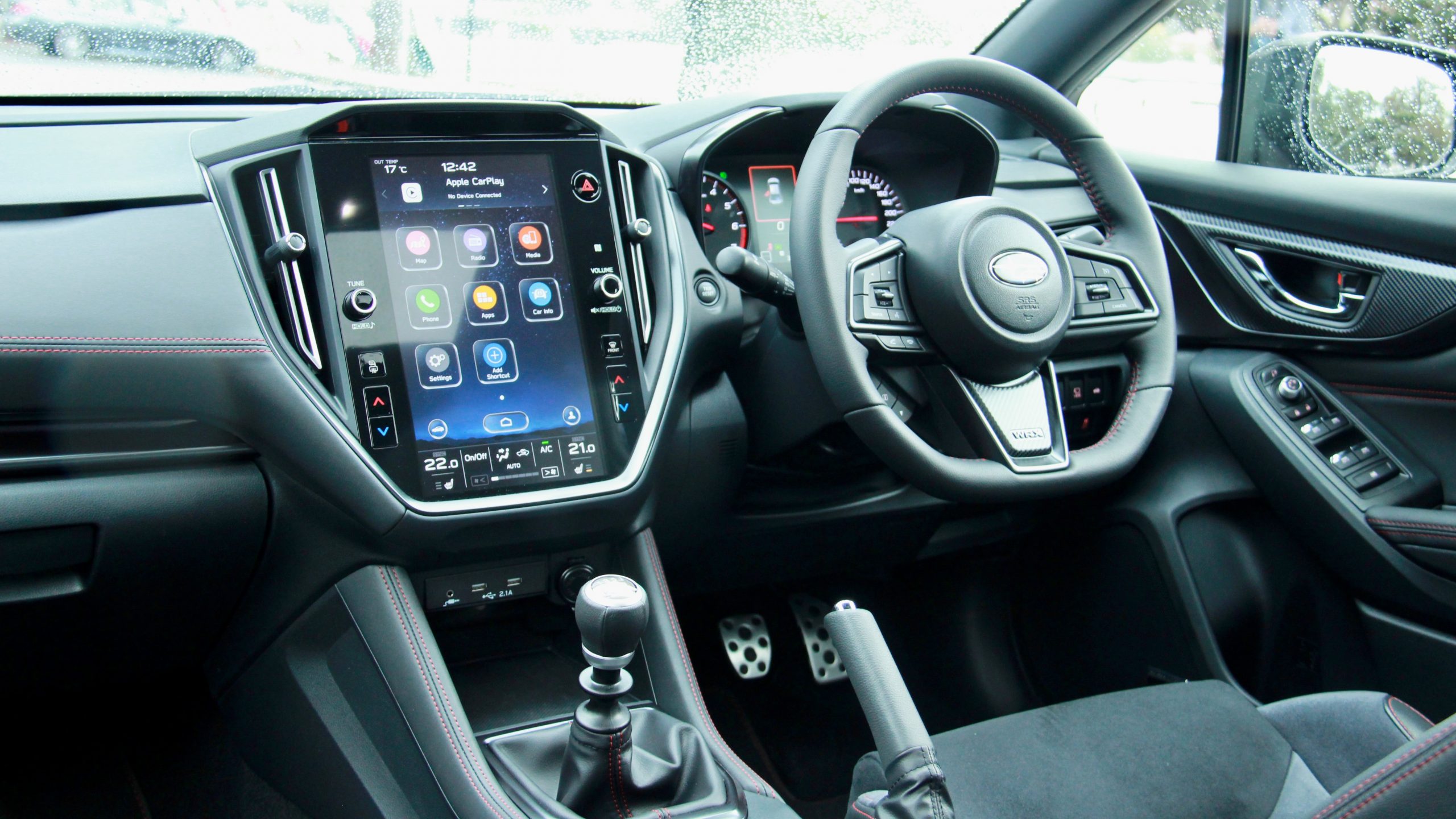
Material quality in the 2022 Subaru WRX RS sedan is generally quite good, and feels quite plush in comparison to the basic i30 N sedan. Soft touch materials cover the tops of the doors (including the rear), dashboard and even the centre console, with stitched leather-like materials meeting your knees. The suede and faux leather sports seats are a highlight as well, with excellent bolstering and – finally – a good range of lumbar adjustment. Their heating is pretty hot, even set to low, which we very much appreciated in the downpour of rain during our test period.
It’s also a relatively practical cabin. Storage solutions include reasonable door bins (though not with the flock lining of the top-spec tS), as well as a nice tray ahead of the gearbox (though without a wireless phone charger), big cupholders and a small centre console box underneath the armrest (which is where the CD player is). The WRX manual’s centre console is completely different to the automatic, and is flat – whereas the auto’s is angled. The manual also has a smaller arm rest, which is annoying because the auto’s arm rest is at a great height.
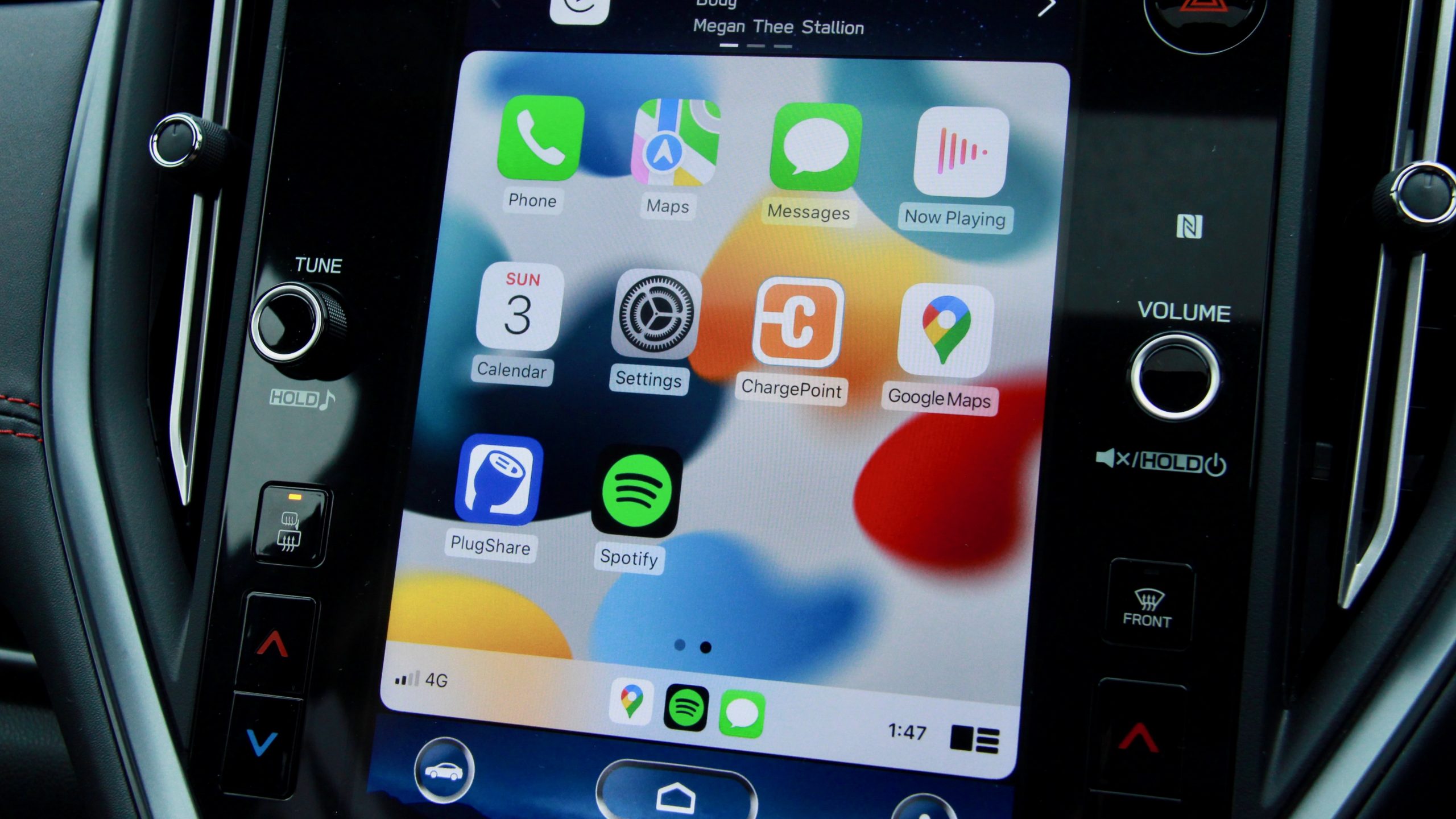

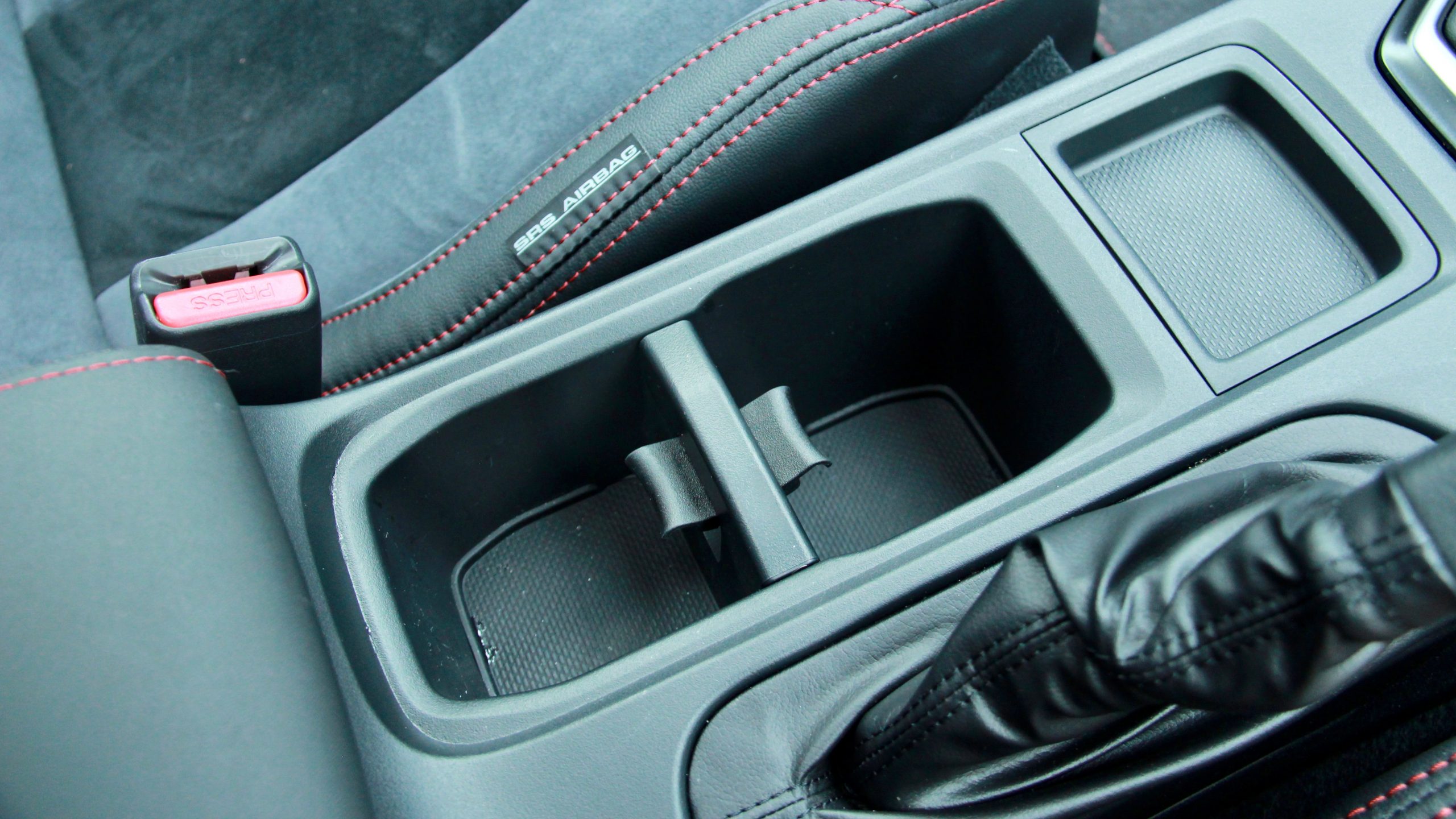
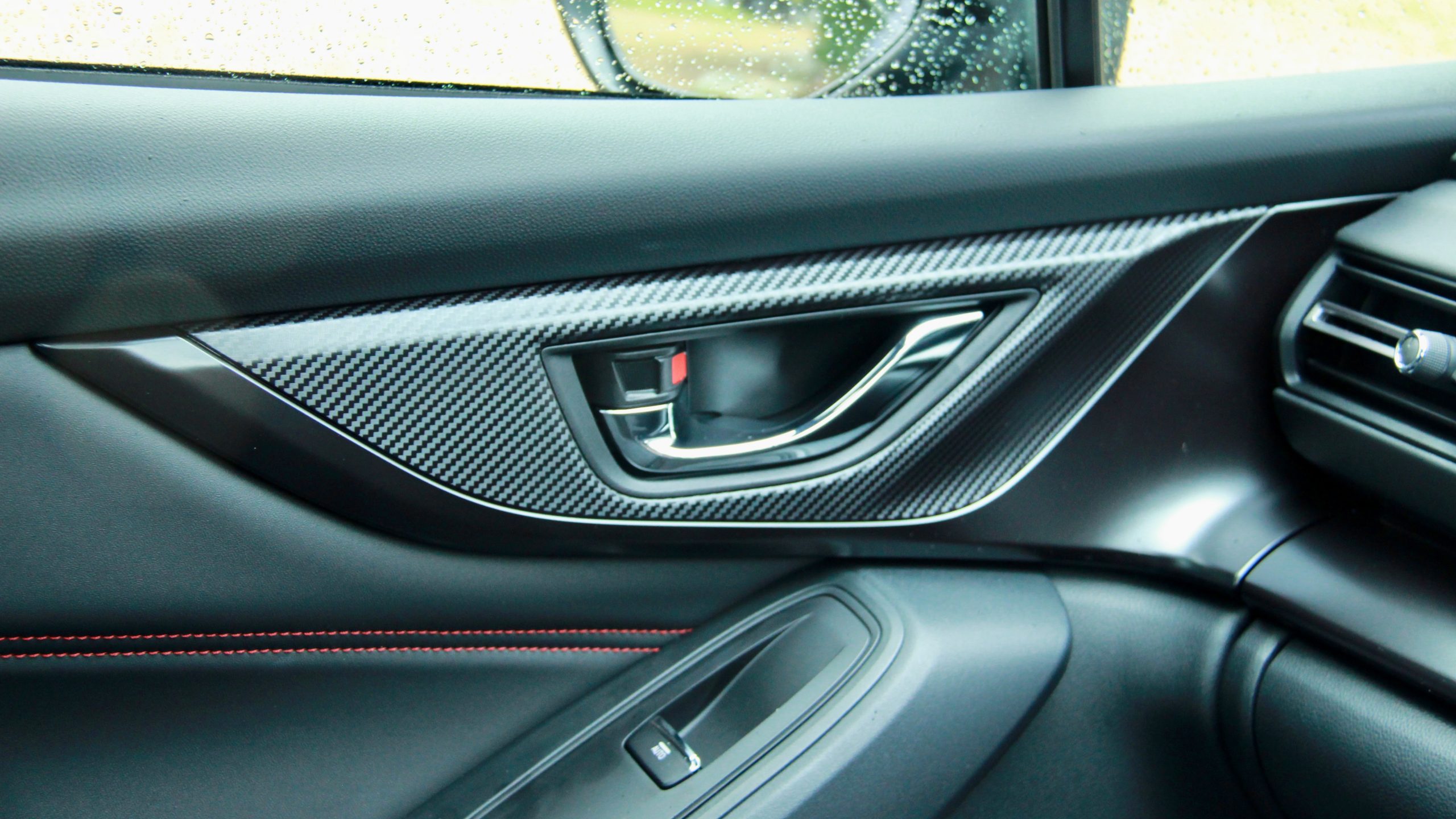
Centre of the cabin is a portrait 11.6-inch touchscreen with wired Apple CarPlay and Android Auto, satellite navigation, digital radio and even a CD player. The screen’s resolution is good, it’s quick to use and it’s also fairly ergonomic as well. In front of the driver lies a traditional pair of dials and not the digital instrument cluster that’s found in the Japanese-spec WRX, nor a heads-up display, but they’re clear and legible. The punchy 10-speaker Harman Kardon sound system is quite good as well – especially compared to the six-speaker system in all WRX Sportswagons.
The back seat of the WRX is nice place to spend time with good leg, knee and headroom – even for taller folk. It’s well featured as well with door pockets, one map pocket, heated seats and a centre armrest with cupholders – though the manual does not have rear air vents, which is very annoying. The rear seat space is similar to the i30 N sedan though, with slightly more headroom but less legroom.
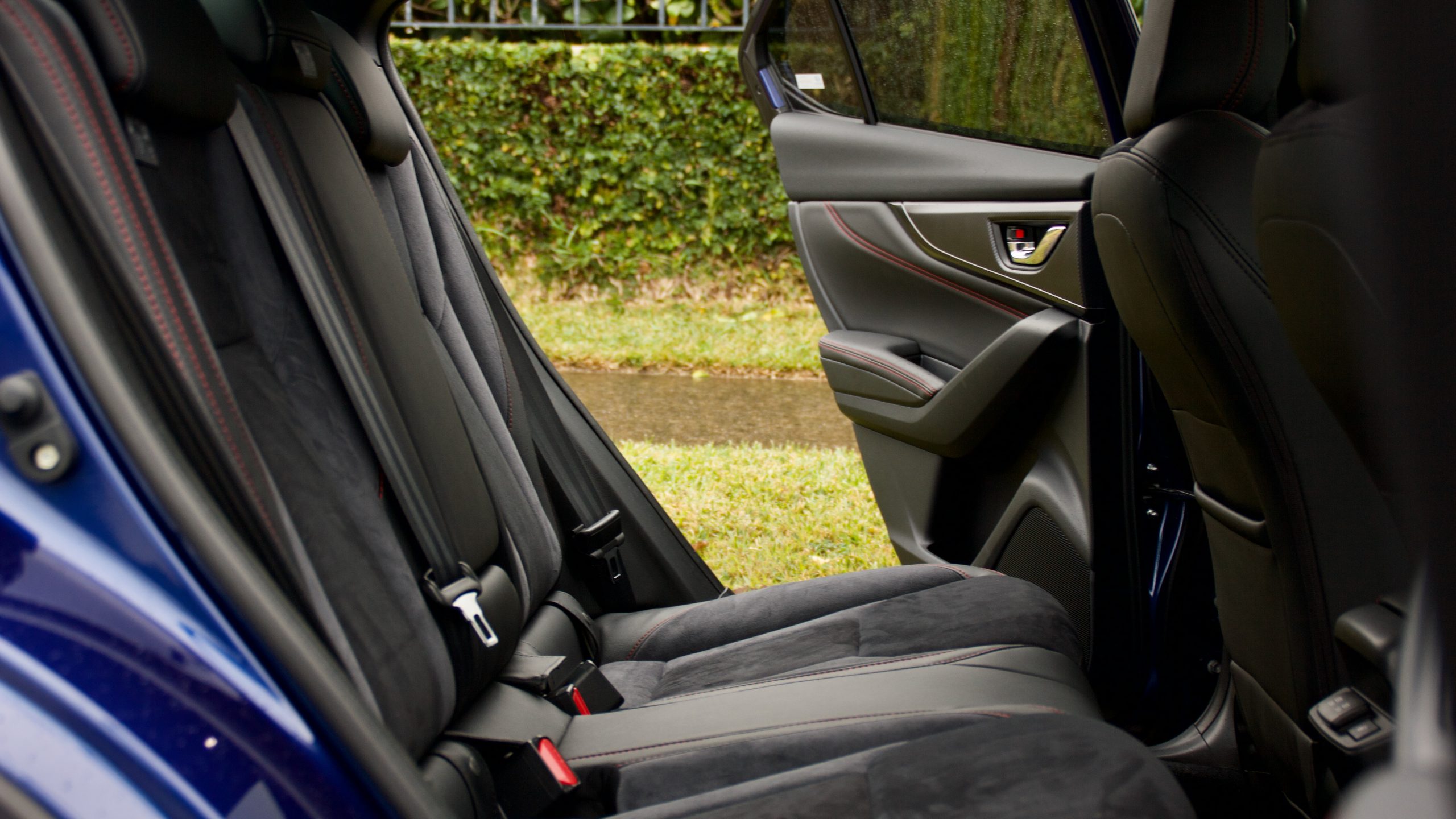
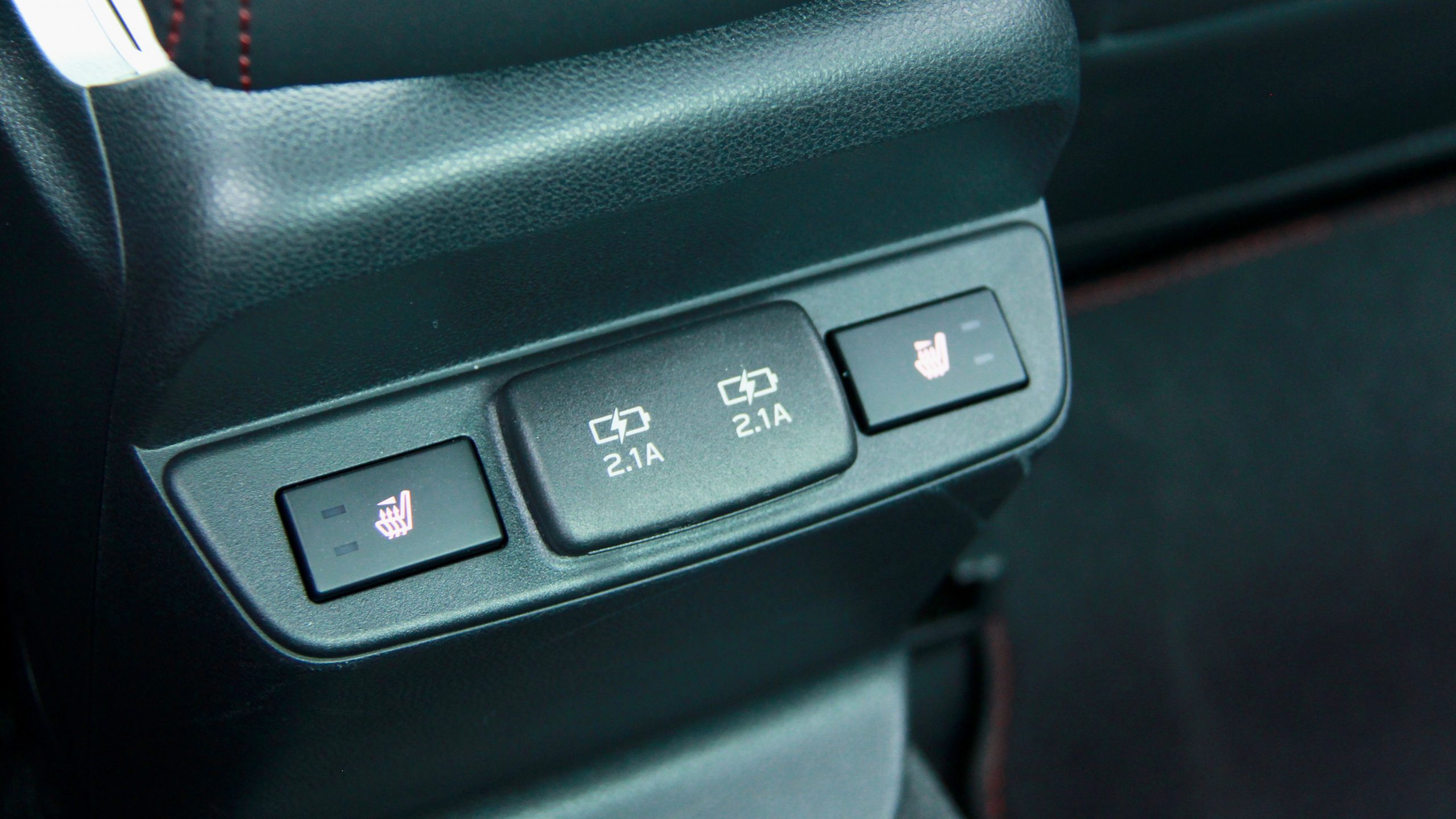
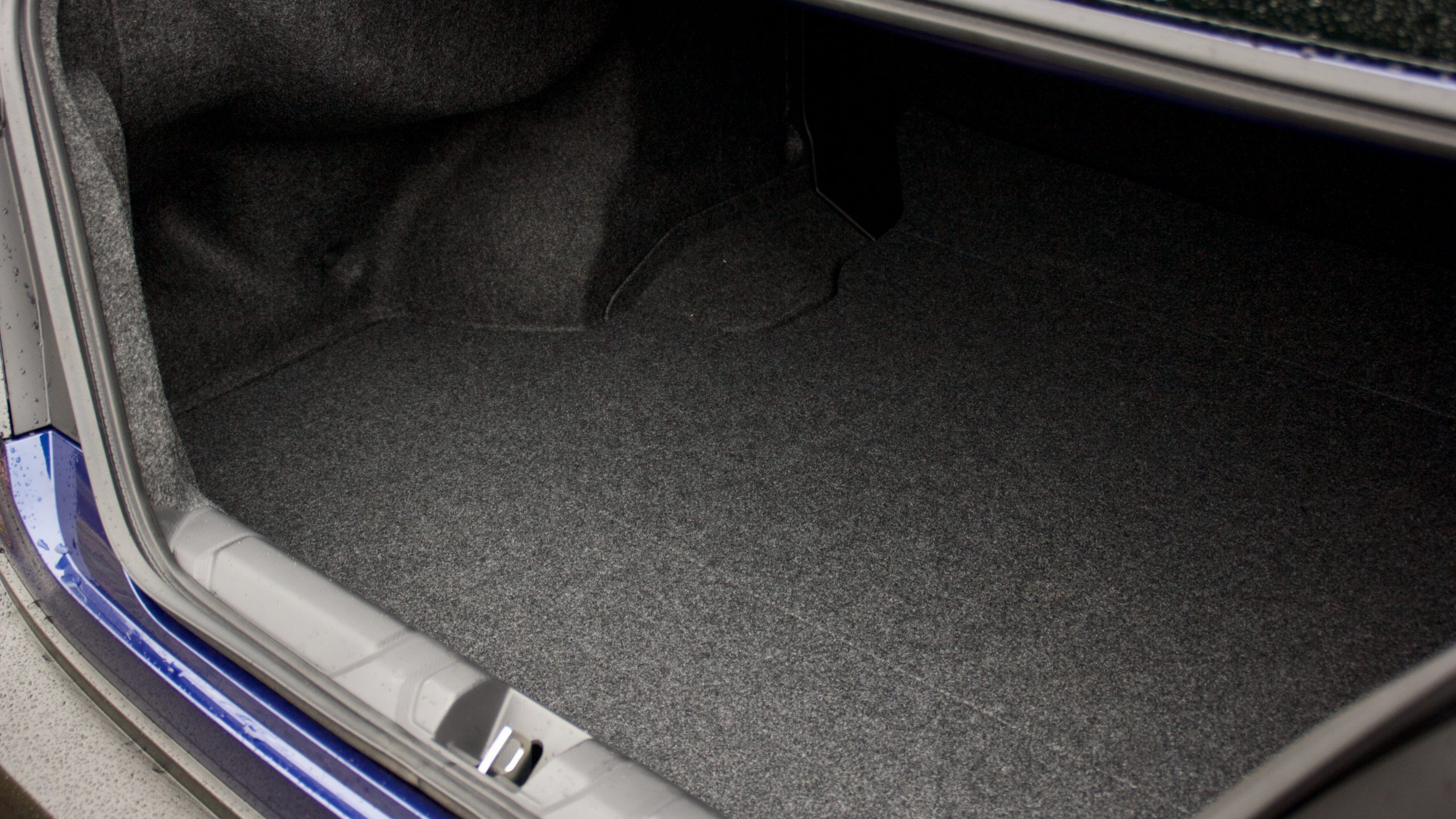
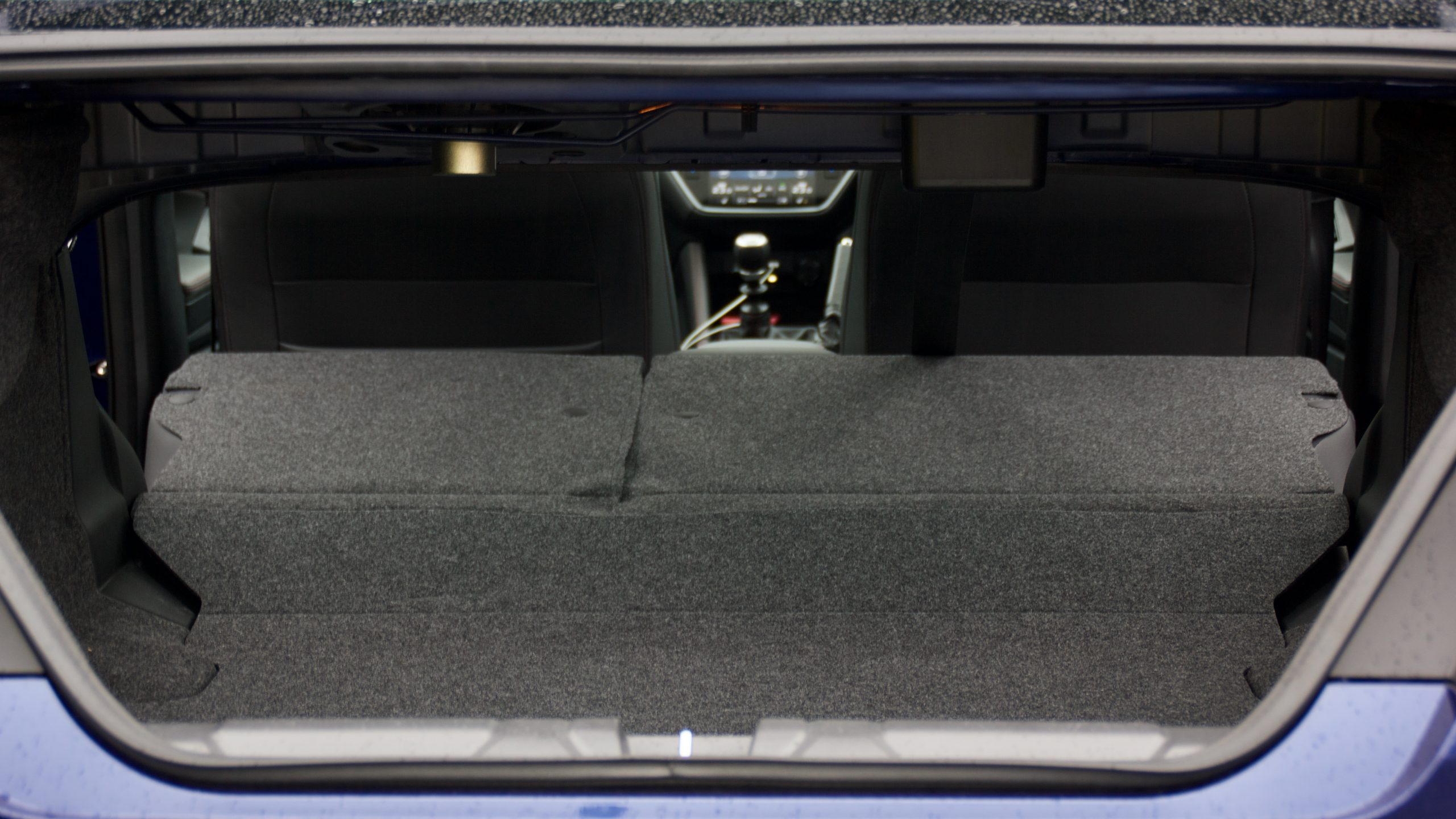
The boot of the WRX RS measures a reasonable 411-litres, with the ability to fold the rear seats down helping increase the available space – an i30 N sedan’s boot is slightly larger at 464L, but its rear seat brace makes it difficult when folding the seats. Aside from a space saver spare underneath the boot floor and space-hungry gooseneck hinge arms for the boot lit, the boot has little in the way of features – with no hooks, nets tie down points, etc.
Service & Warranty: 7/10
Like all other new Subaru products in Australia, the 2022 Subaru WRX RS comes with a five-year/unlimited km warranty with only 12 months of roadside assistance. Interestingly, Subaru has upgraded the WRX’s service intervals to once-yearly/every 15,000km – a big difference from previous six-monthly service intervals in the Subaru range.
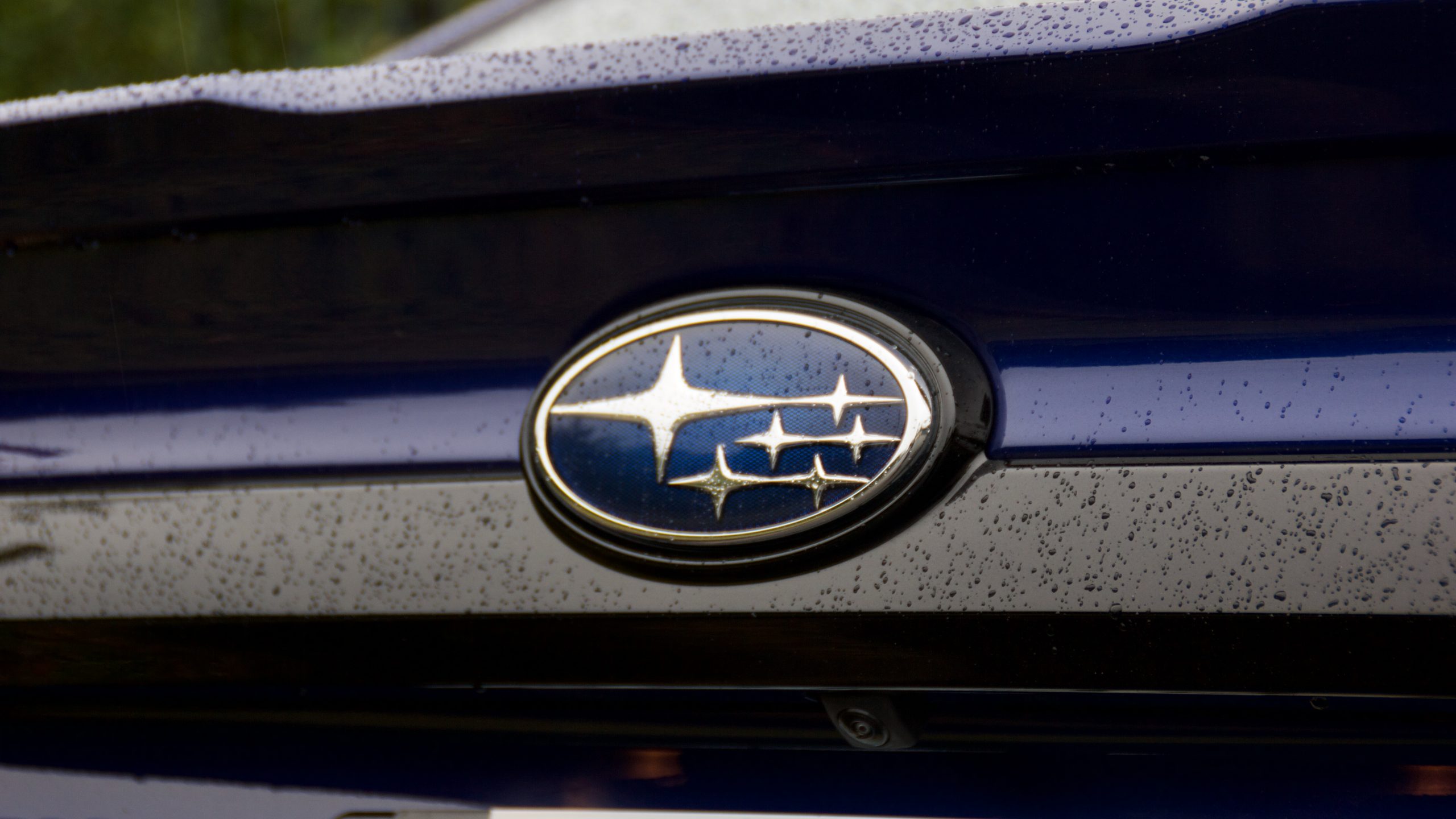
Servicing the WRX RS manual costs $2,433 ($486 per service) over five years/75,000km which makes the WRX not cheap to service, but more affordable than past models. Hyundai offers a warranty of the same length as Subaru, but its roadside assistance can be had up to five years in total. Servicing the i30 N sedan over five years costs $1,675 ($335 per service), but it does have less convenient 10,00km service intervals.
The 2022 Subaru WRX RS Manual Sedan DiscoverAuto Rating: 8.0/10
The 2022 Subaru WRX RS manual sedan is a definite improvement for driving fun over the more comfortable tS that sits above it. Its one-setting dampers and steering set up makes it easier to get the most from it, and its ride and handling balance is definitely sportier than the tS. So on that front, it’s an improvement. Plus, the sweet six-speed manual transmission adds a lot to the WRX driving experience from the lacklustre ‘Subaru Performance Transmission’ (CVT) automatic.
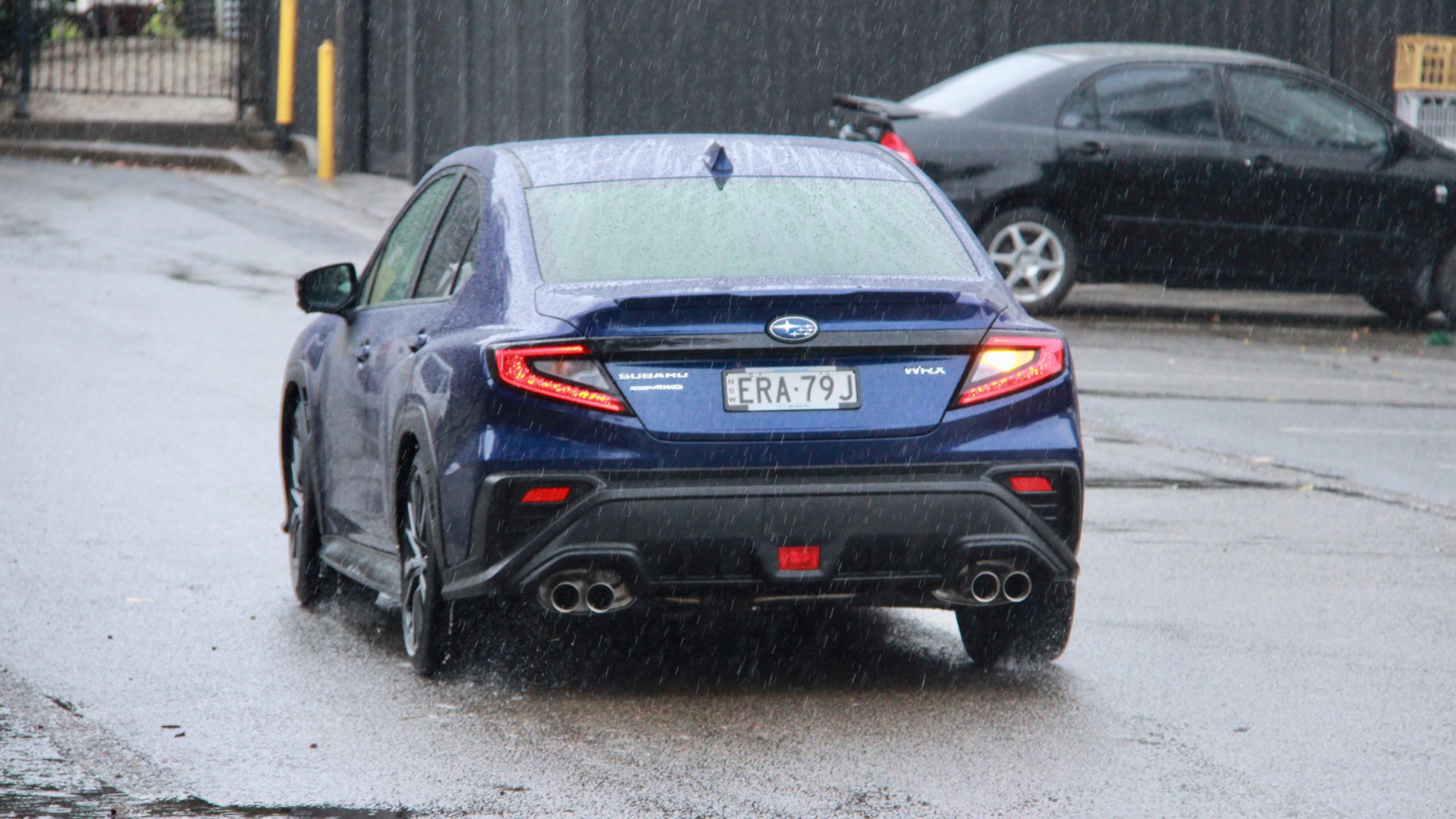
But – and there is a big but – where the manual falls down is that for some reason, Subaru has not engineered features like auto emergency braking and lane keeping assistance for manual transmissions. This is not terribly unusual, but the WRX also loses out on a number of comfort features compared with the automatic, and that’s a big disappointment when a car like a Hyundai i30 N has kit like AEB and is more fun to drive with more character. The new WRX is still a pretty good car, but it would score much higher if it had more character, more fun and most importantly for some, if manual drivers weren’t penalised by the choice of transmission.
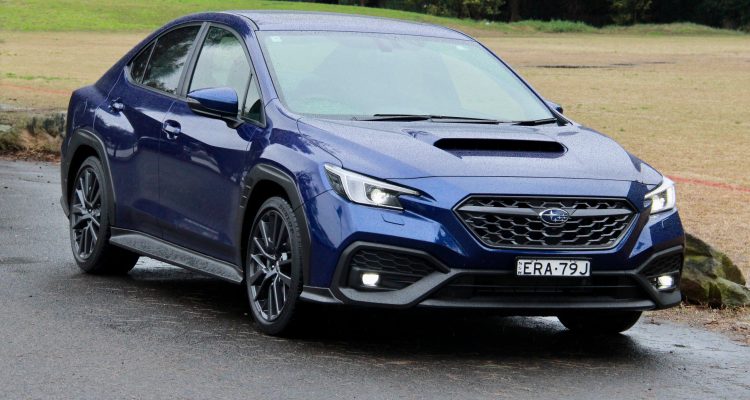
Define more fun? I.e. the i30N is more fun than this WRX RS manual? How? If you drove this in the wet as you alluded to, it would’ve handled much, much better on any surface than FWD i30N.
Nice review. Missing out on some of those features is blasphemous. I was seriously going to order one for the first time since I picked up a new MY09. Looks like the Tiguan stays for another year.